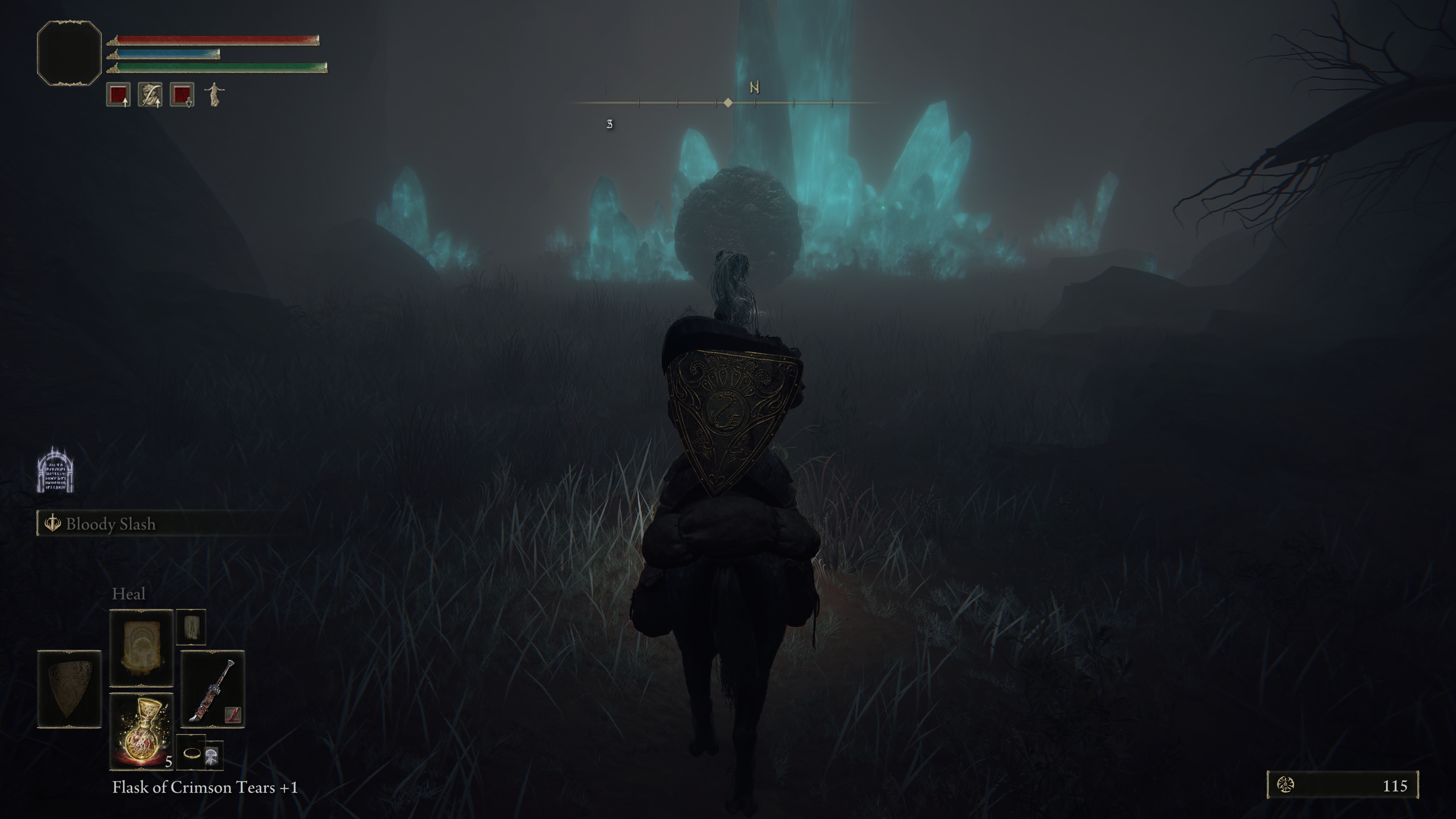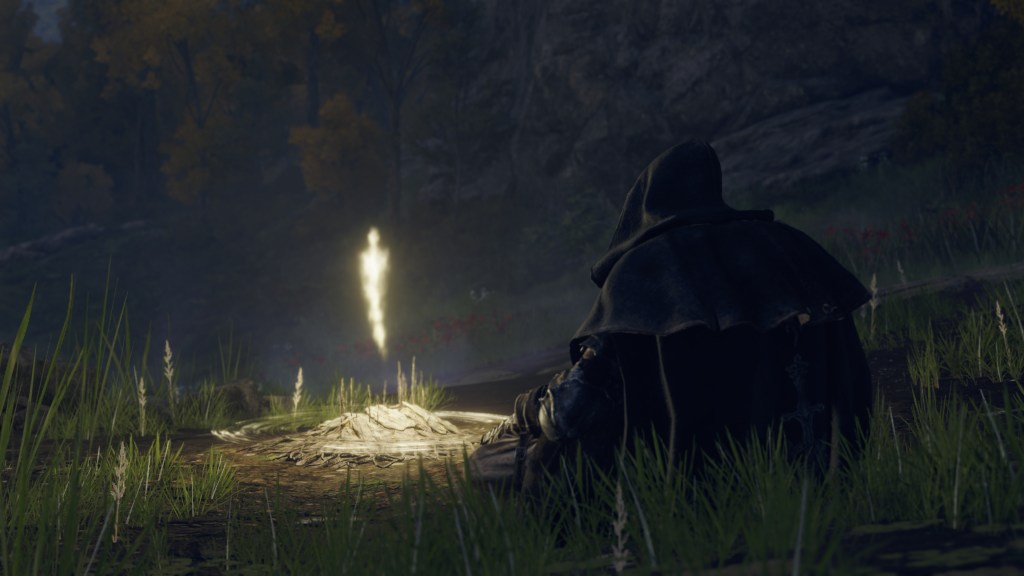The time has finally arrived. FromSoftware’s latest game that promises to kick your ass is on the cusp of release. We spent the past week traversing the Lands Between, and have our Elden Ring PS5 review ready for you below. Arise, tarnished! Or, at least, read what we thought.
Beautiful desolation
Elden Ring has a wonderfully dark and brooding art style, which isn’t out of place for a FromSoftware game. The landscape is beautiful, yet depressing, as once glorious castles have become worn down following the Shattering of the Elden Ring, and nightmarish beasts roam the realm known as the Lands Between. PS5 players have a graphics option to prioritize quality or prioritize frame rate. While playing the game, you’ll be hard-pressed to notice much difference between the two modes, however, those looking to play with the best chance of surviving will probably opt to play at a higher frame rate. In either case, Elden Ring looks great, though perhaps not as good as the Demon’s Souls remake which was made specifically for the PS5. There is noticeable pop-in of some environment details when panning the camera in some of the larger open areas, but nothing that dampens gameplay. Load times are quick as the PS5’s SSD helps to speed things up, which makes fast travel nearly instantaneous. No DualSense-specific features are utilized besides vibration, though in a game where reaction time is key perhaps the lack of adaptive triggers is a good thing.
Much like any Dark Souls, Bloodborne, or Sekiro game before it, Elden Ring features no difficulty levels, but rather different areas contain within them enemies of varying strength. The starting area known as Limgrave has relatively tame enemies, though of course, this is all relative. Even a basic undead chimp enemy can kill you in just a few hits. Most areas also have at least one named enemy. These may not be considered bosses, but they’ll kick your ass all the same, especially the first time you encounter them. However, since Elden Ring takes place in an open world, running away is actually a valid option, if you’ll allow the hit to your pride. Naturally, though, you may end up running into some other hideous and perhaps even tougher enemy, wherever you run to.
As usual for a game in this genre, expect to die a lot in Elden Ring. Whether by seemingly overpowered bosses who seem impossible to even hit, never mind kill, or by some stupid damned slime-squid abomination you thought was a rock on a beach, death is just a part of a player’s life with this and any FromSoftware game. Upon your first death, you’ll be teleported to an area that can be returned to for upgrades, and be given a short explanation about who you are, and what you are trying to do. Each death, you’ll lose any runes you were carrying – these are dropped by defeated enemies, and serve as the game’s main currency for leveling up and buying equipment or resources. You’ll keep anything else you picked up before your demise, though. If you can manage to make it back to where you died, you can reacquire those dropped runes, however, dying again before doing so means those runes are lost forever.

Familiar punishment
If this all sounds somewhat familiar, that’s because it is. Other developers may try to imitate the so-called Soulsborne formula, but few really get it right. FromSoftware serves up a masterclass in tearing down the player so that they may build themselves up. Leveling up enough or finding the right strategy to defeat a boss who just a few hours ago seemed unbelievably insurmountable feels so damn good. Of course, sometimes frustration may set in. These are not games for everyone, and that’s ok. For those who know what they have signed up for, this may be the ultimate form of these games. Players can opt to clear out every single boss before ascending to the rank of Elden Lord, or simply go straight for the win and only kill the required six bosses. With multiple endings and a new game plus mode, there’s plenty of incentive to replay, as well. Co-op works much in the same way as before, with an obsession with fingers being the way to open your game up to others, and as long as your game is online, there is always a chance another player invades your game with the intent of killing you. Messages can be crafted from pre-built phrases and keywords to either help or trick fellow players and can be voted on. Anytime another player votes a note of yours as “good,” it heals you, thus it behooves people to leave helpful notes.
So, what exactly has changed if the trademark difficulty, beautifully grotesque art style, and death mechanics seen in other FromSoftware games haven’t really been modified? The most obvious is that Elden Ring features a sprawling open world. While previous Souls games had some openness to them, players were confined to levels and things progressed linearly. Elden Ring offers players nearly complete access to its entire world after a brief opening sequence. Sites of grace, which Soulsborne veterans will instantly recognize as bonfires or lanterns, help to show the player where they should head to next if they wish to progress the story. Maps can be found at certain spots, which help to orient the player and can be used as a way to fast travel to any site of grace previously visited, provided that the player is out of combat. Players are also granted access to a whistle that can summon an ethereal steed named Torrent for faster travel in most areas of the world. Combat atop Torrent is satisfyingly different, and when your horse is killed you can re-summon them, at the cost of a Cerulean Tears flask (this game’s healing tool).
Furthermore, while enemies’ difficulty level may be set in stone, there are a few options to help players along. Ashes of War are equippable skills that can be attached to most weapons, and special moves can then be executed with a press of L2, at the cost of FP. Computer-controlled allies can be summoned at certain spots, while personal spirits can also be summoned to fight alongside the player. With the right loadout, these companions can help to defeat bosses. As an example, I summoned a spirit jellyfish and was able to defeat a great beast on my second try because the jellyfish poisoned the boss which helped to hasten its demise. All of this is optional to the player, of course – the more masochistic amongst you are free to never use any of these assists, but most of us will be more than happy for the help.
Elden Ring PS5 Review: The final verdict
What we have here, then, is familiar tropes on an open stage the likes of which we haven’t seen before in a Soulslike game. But much like another Uncharted, or another Ratchet & Clank, more of the same stuff is never a bad thing, especially when that means you’re treated to more of what you love. Elden Ring may have you wanting to break your controller at times, but with the right strategy, even the most difficult challenge can be overcome. This is the way of FromSoftware games.
Elden Ring feels like the game FromSoftware has been building up to ever since Demon’s Souls released in 2009. A huge open world filled to the brim with challenging enemies, characters sporting obvious influence from George R. R. Martin, and the typical drip-feed of lore FromSoftware is famous for crafting all combine to form an intoxicating adventure you won’t soon forget. Yes, the formulaic nature of these games is absolutely showing after three console generations, but as the saying goes, if it ain’t broke, don’t fix it!
-
Punishing, but fair
-
Spirits can help those who seek them
-
Massive, intricate world
-
A sprawling adventure
-
Horseback combat with Torrent
-
Occasional pop-in
-
The same FromSoftware formula
Elden Ring PS5 Review
-
Elden Ring PS5 Review #1
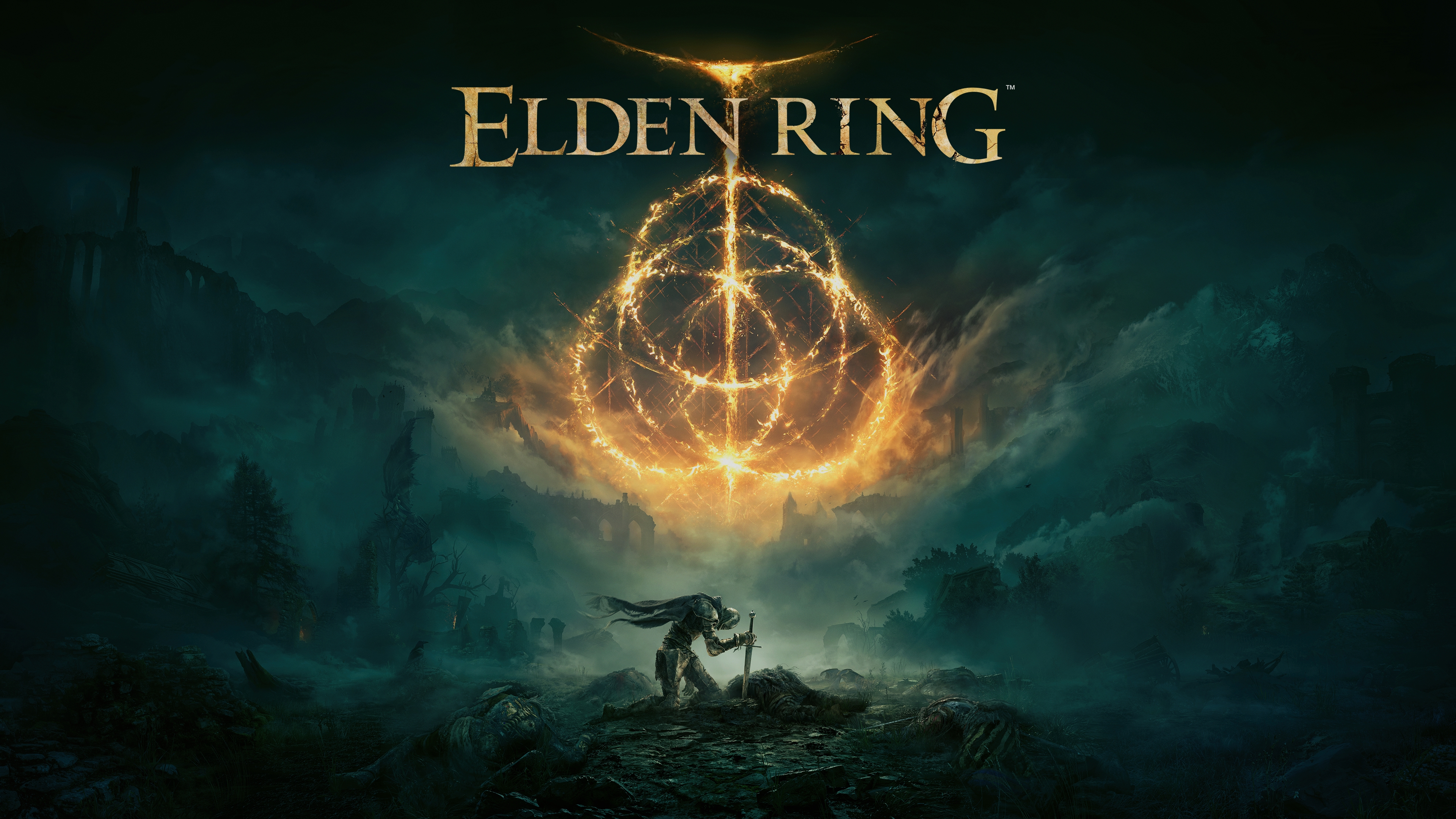
-
Elden Ring PS5 Review #2
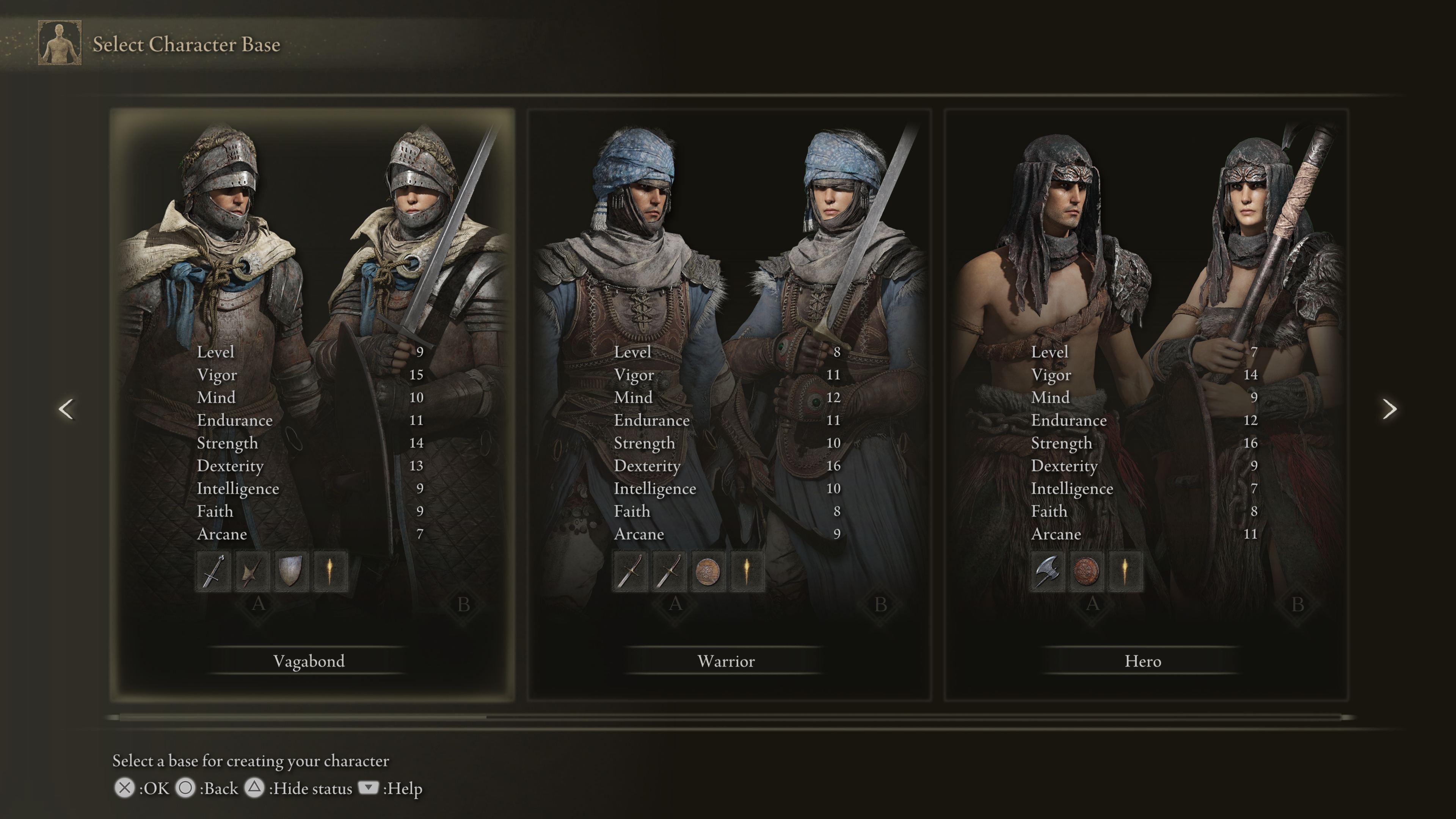
-
Elden Ring PS5 Review #3
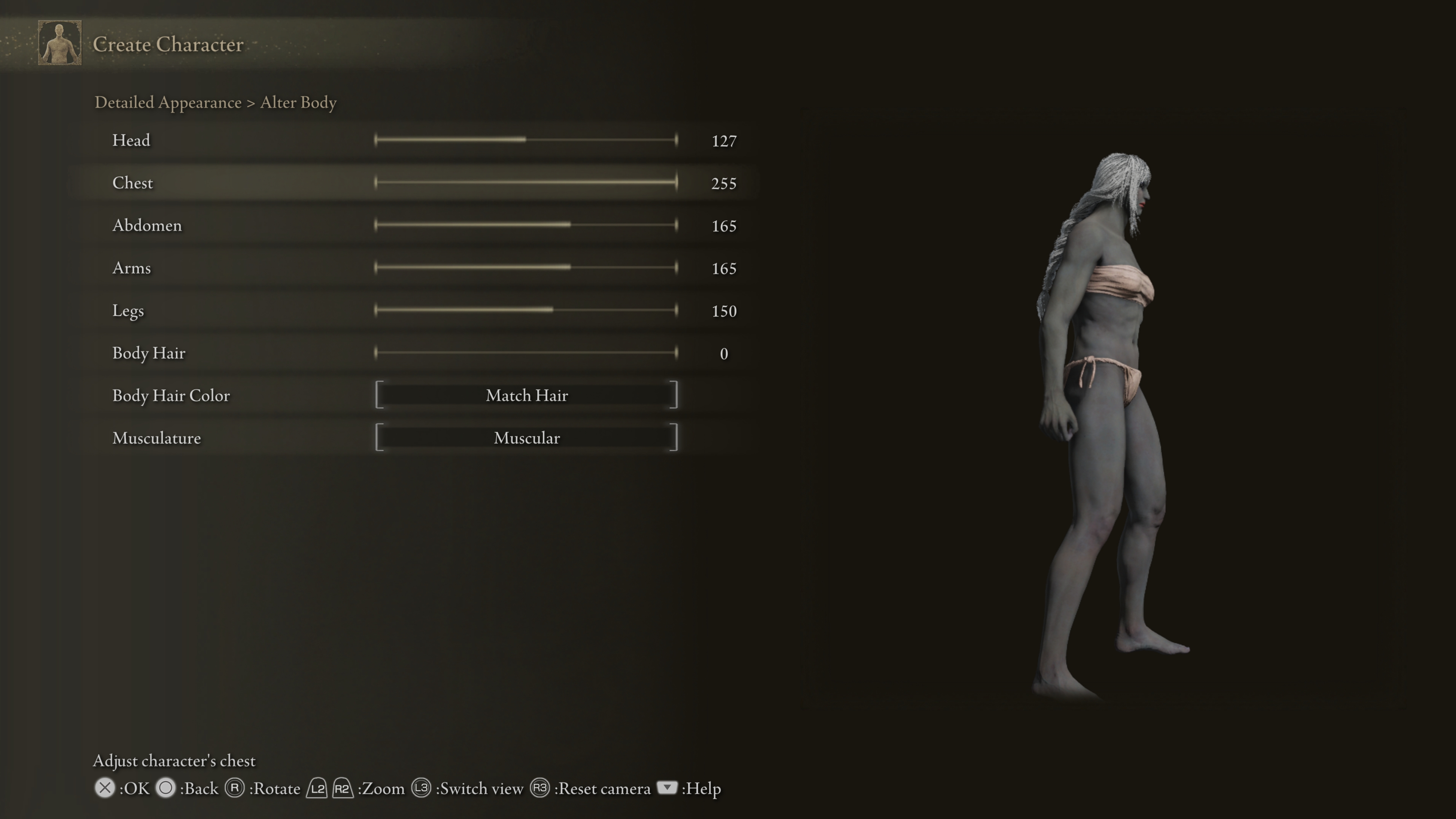
-
Elden Ring PS5 Review #4
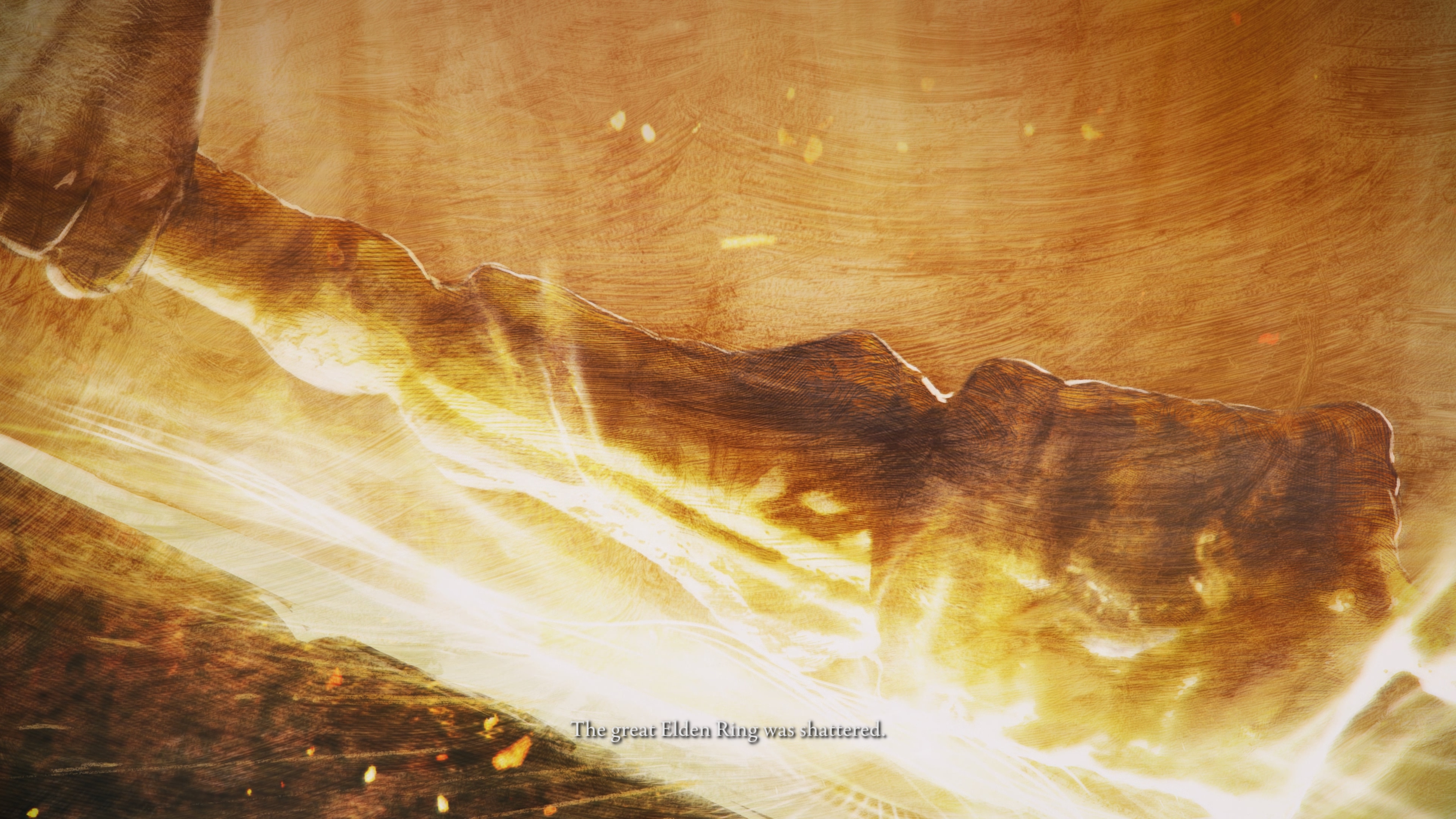
-
Elden Ring PS5 Review #5

-
Elden Ring PS5 Review #6
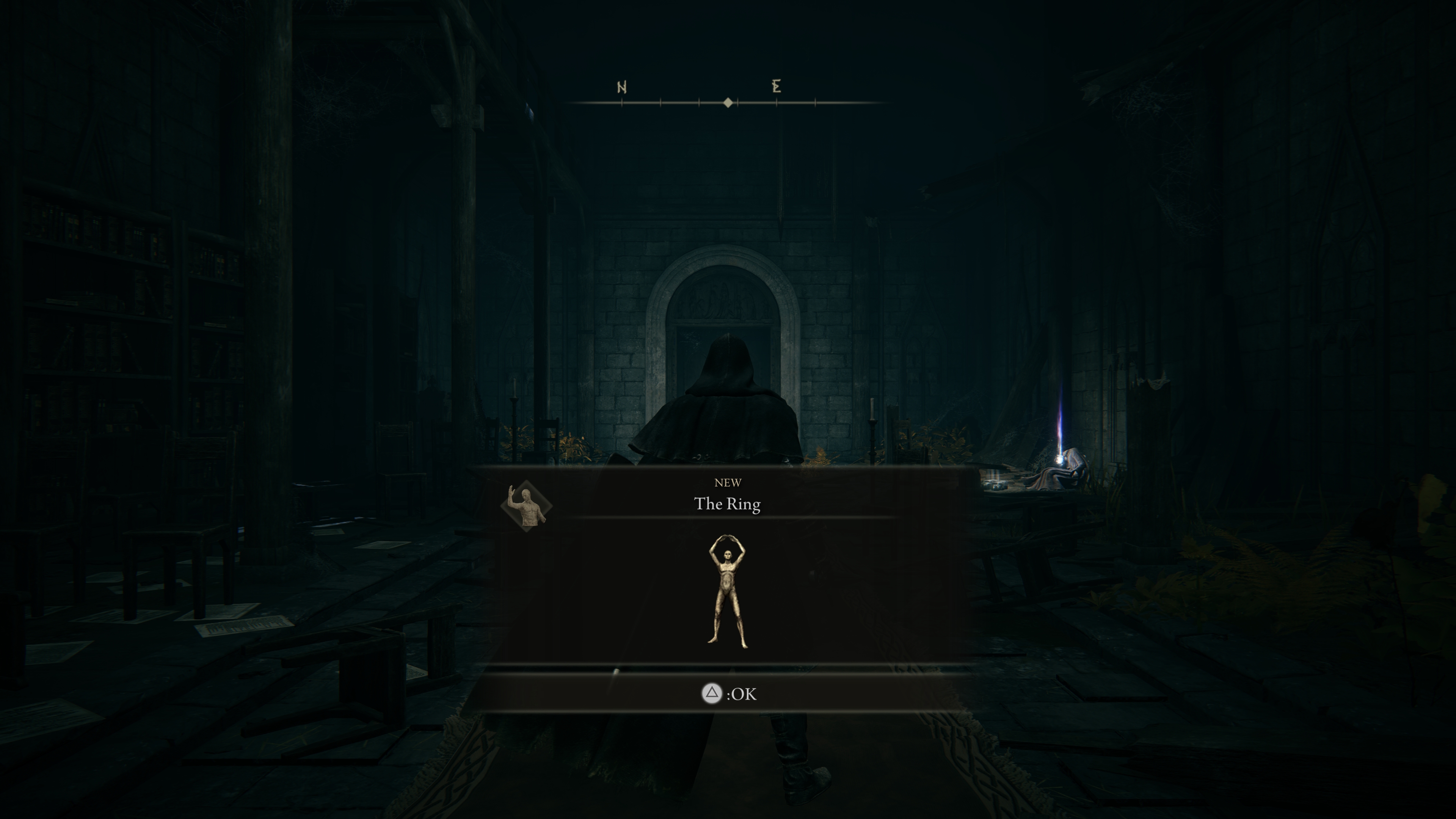
-
Elden Ring PS5 Review #7
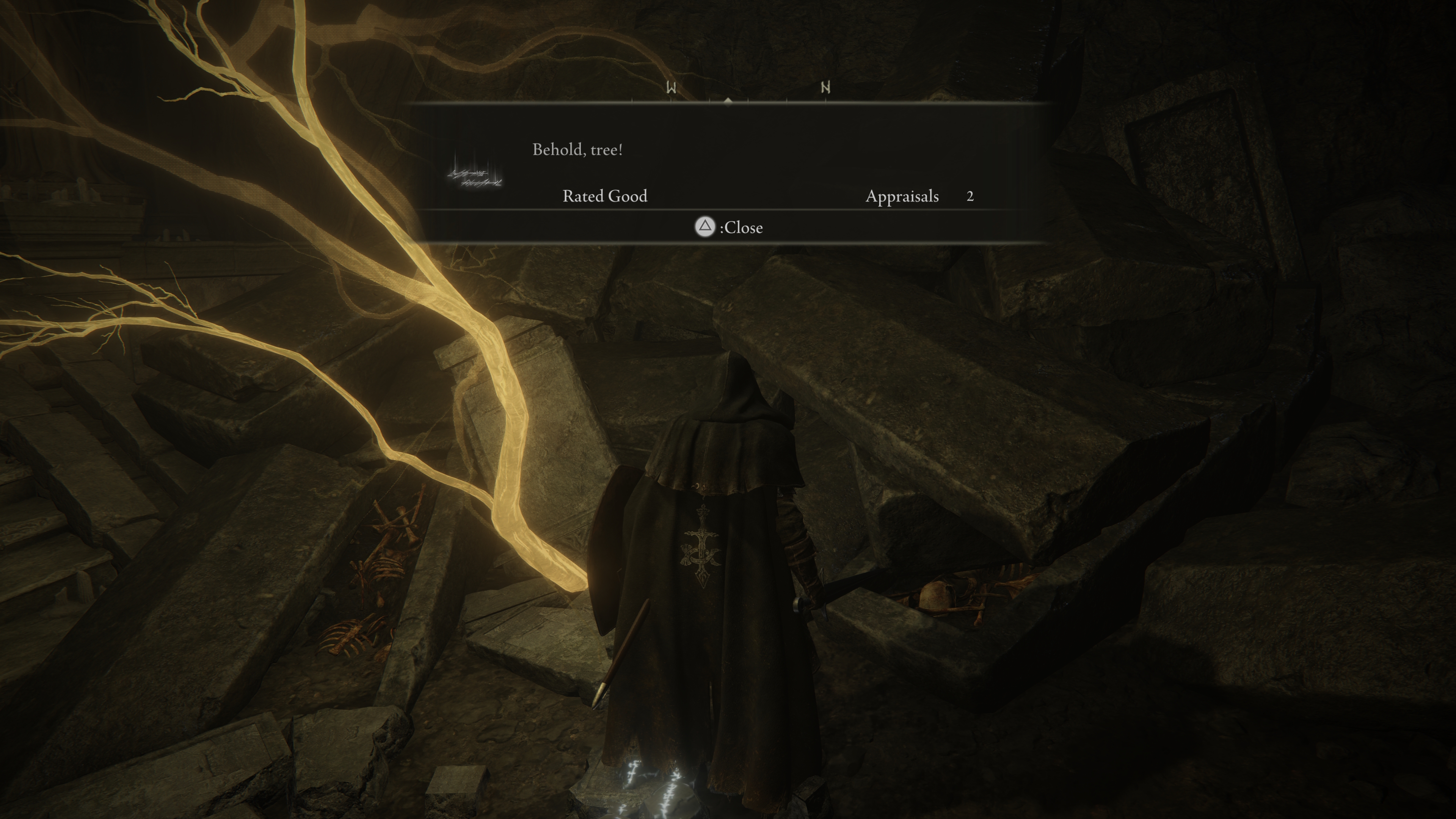
-
Elden Ring PS5 Review #8
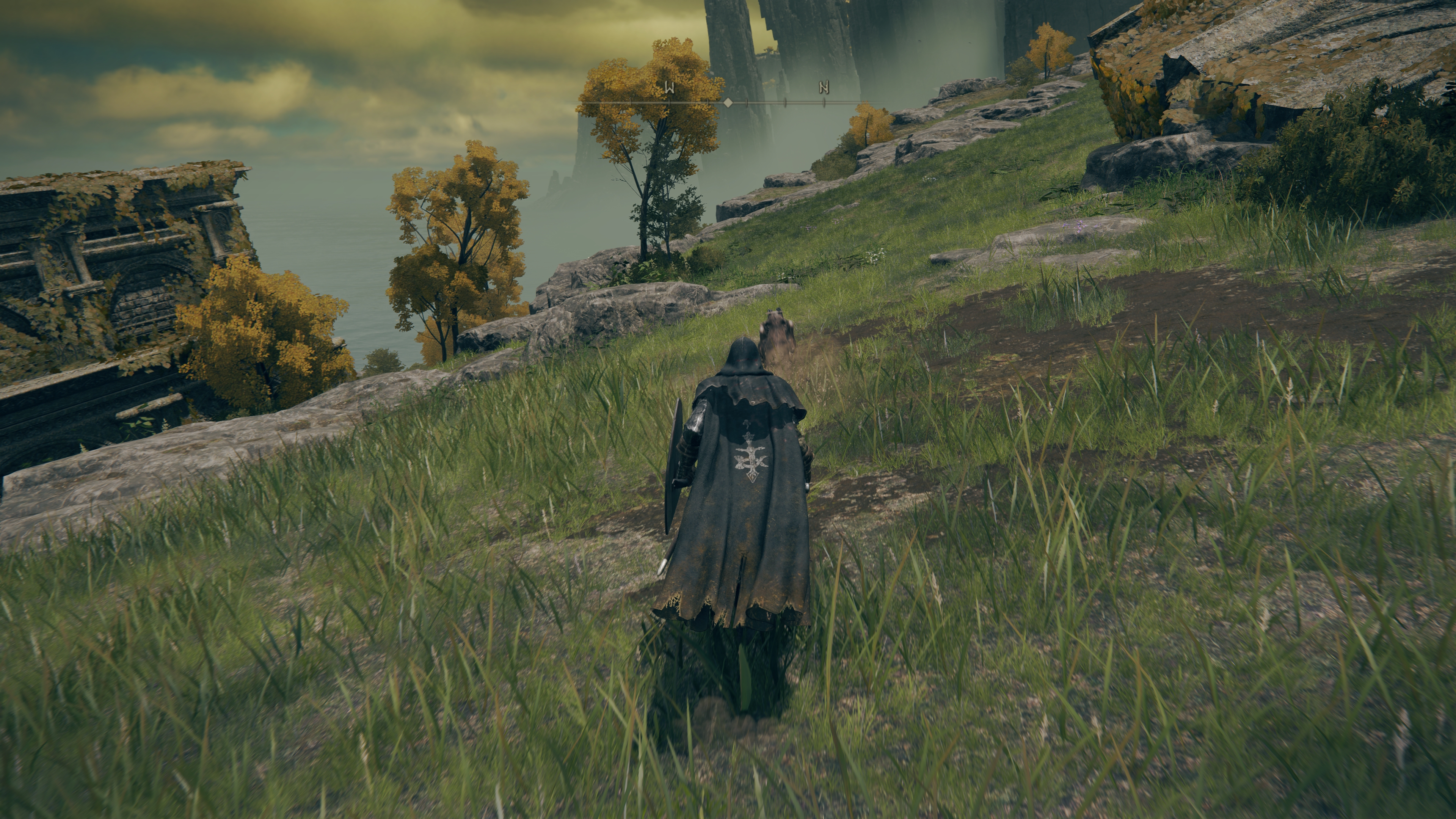
-
Elden Ring PS5 Review #9
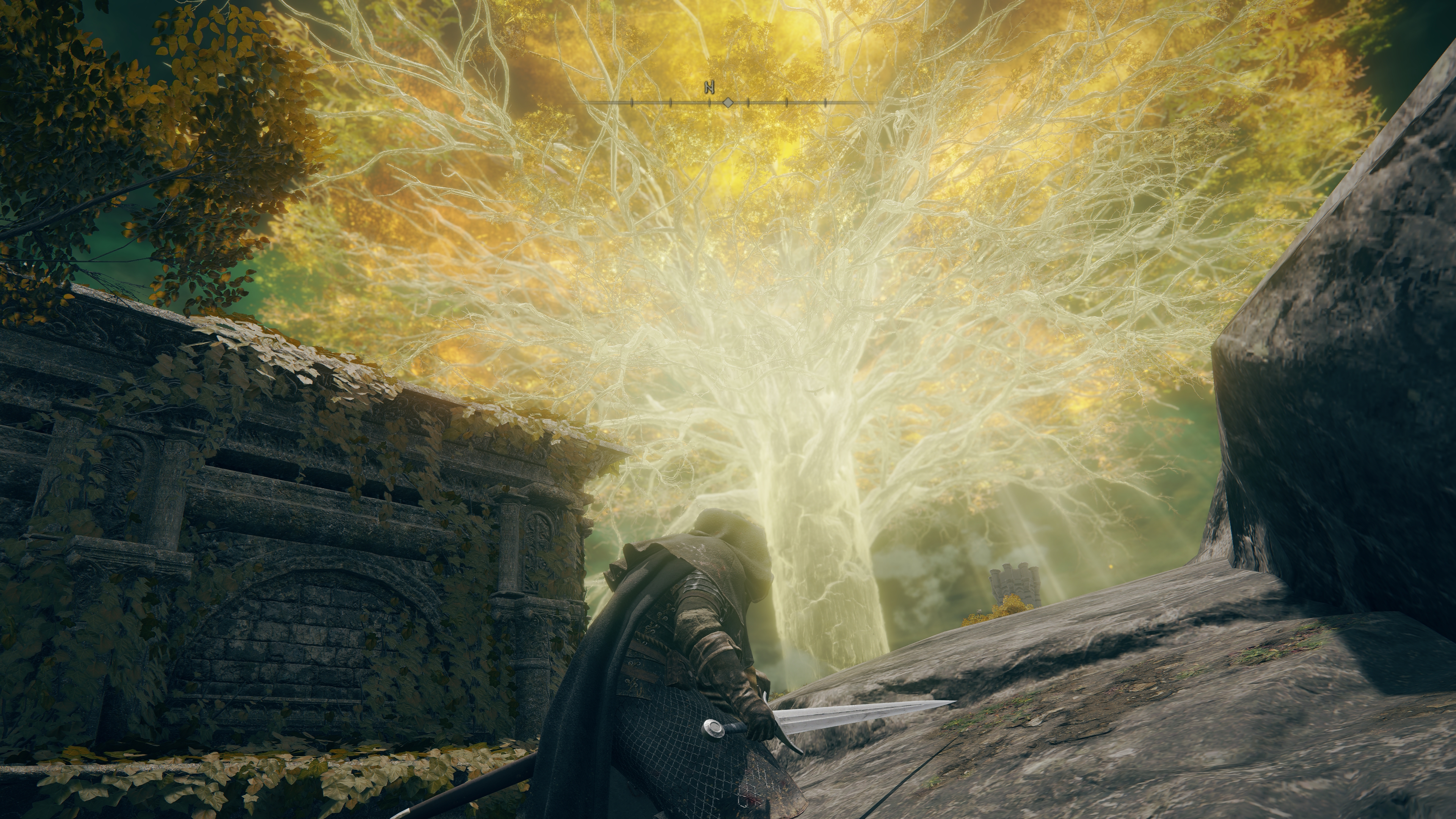
-
Elden Ring PS5 Review #10
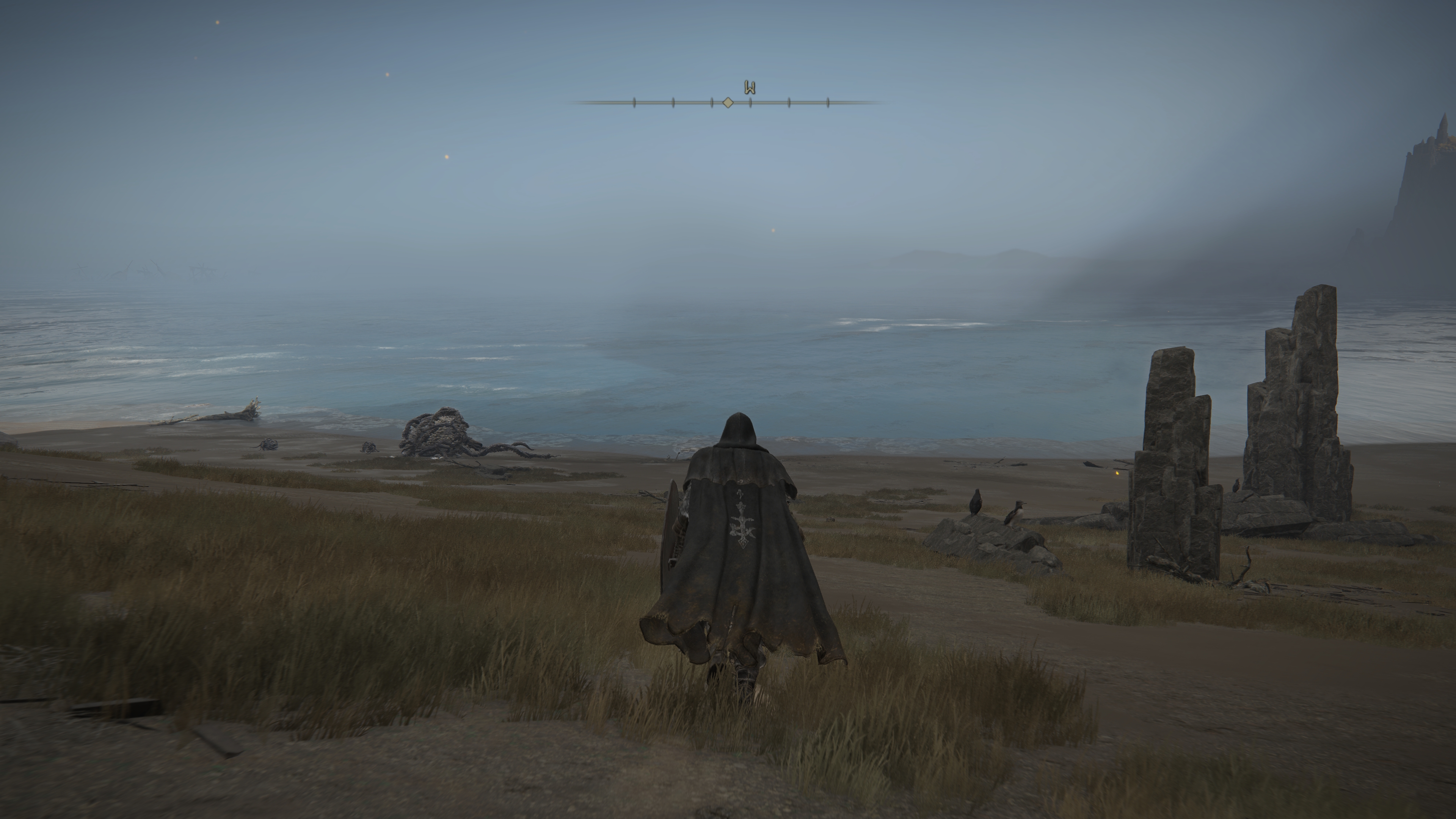
-
Elden Ring PS5 Review #11

-
Elden Ring PS5 Review #12
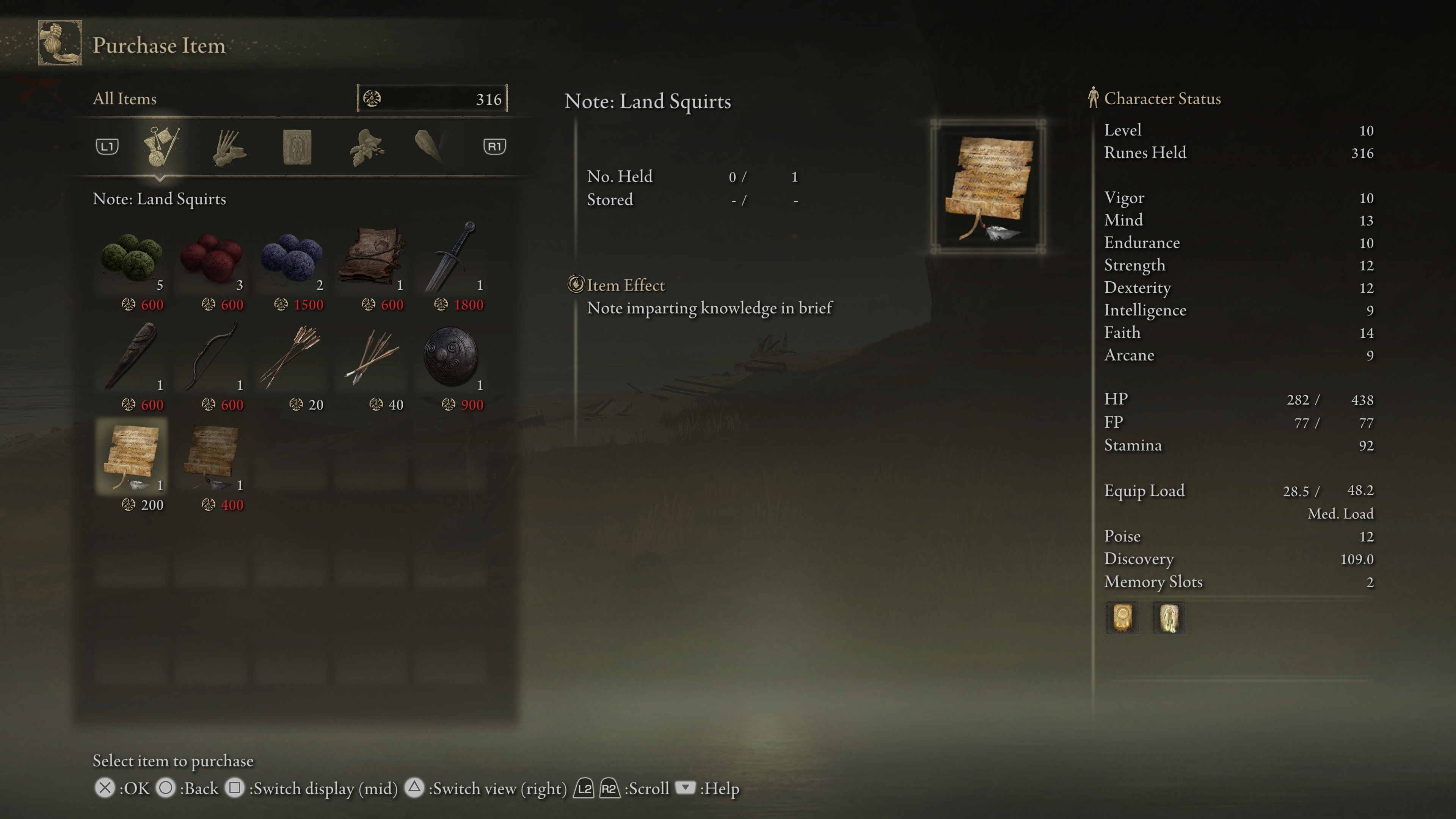
-
Elden Ring PS5 Review #13
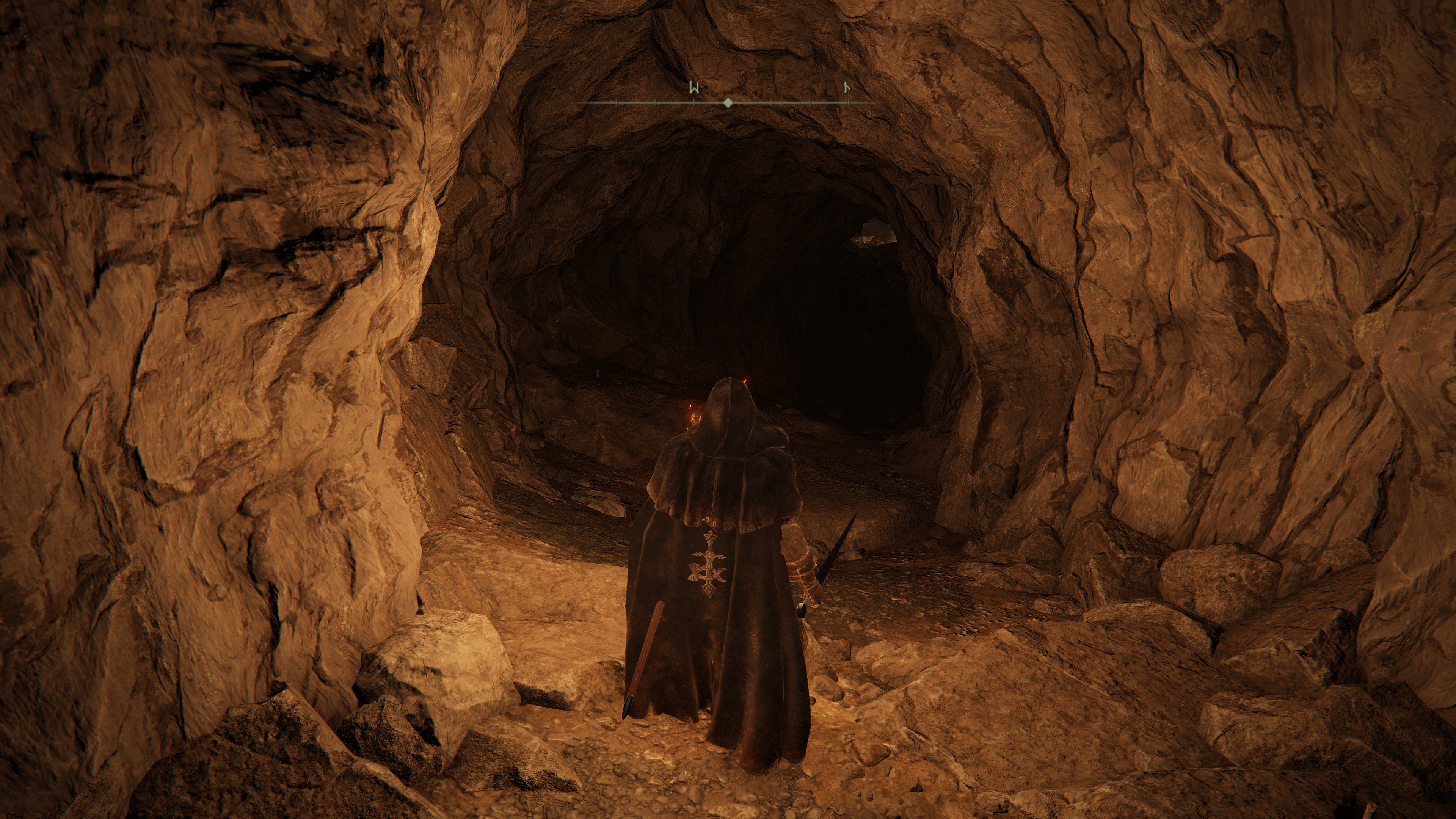
-
Elden Ring PS5 Review #14
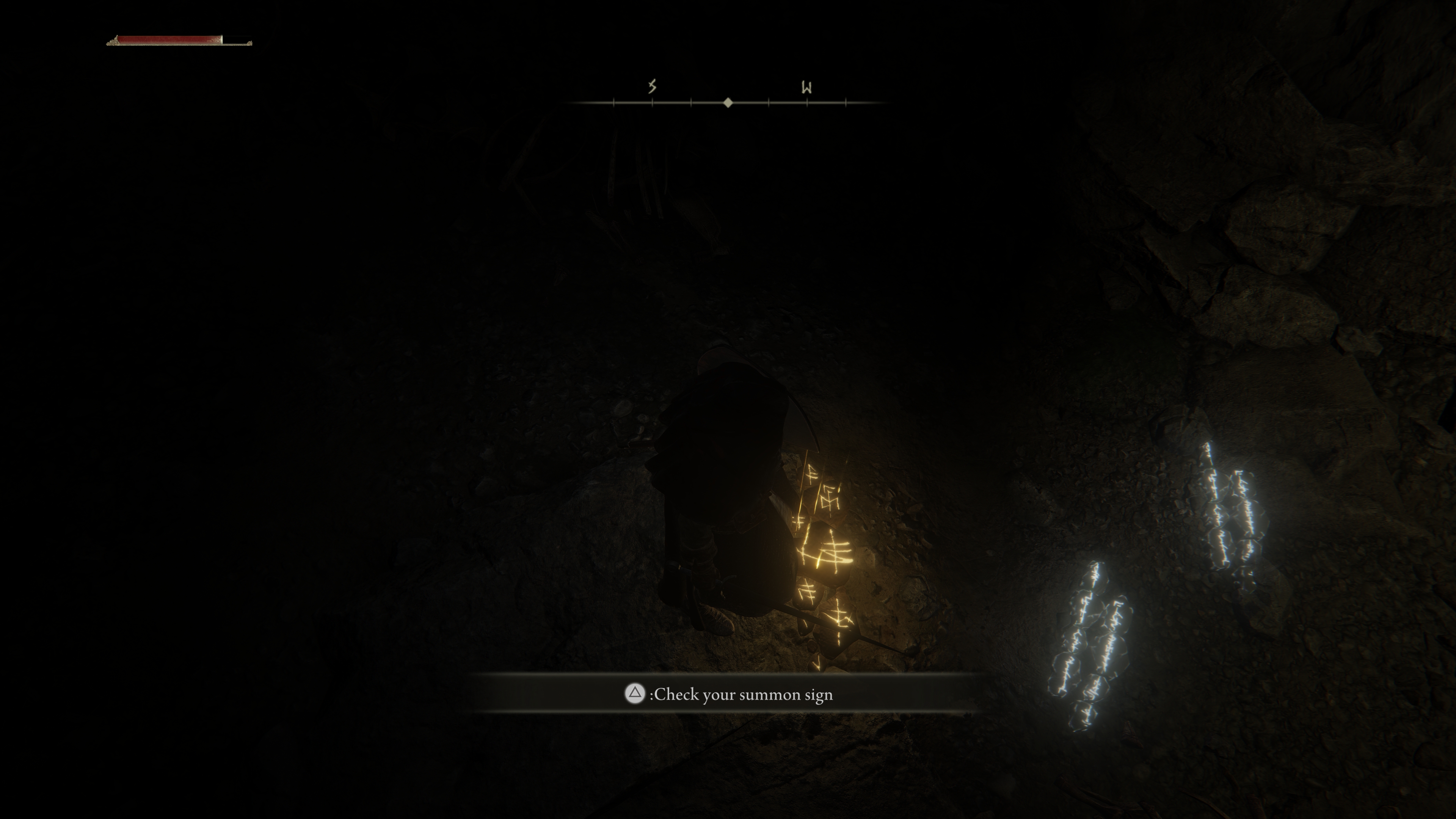
-
Elden Ring PS5 Review #15
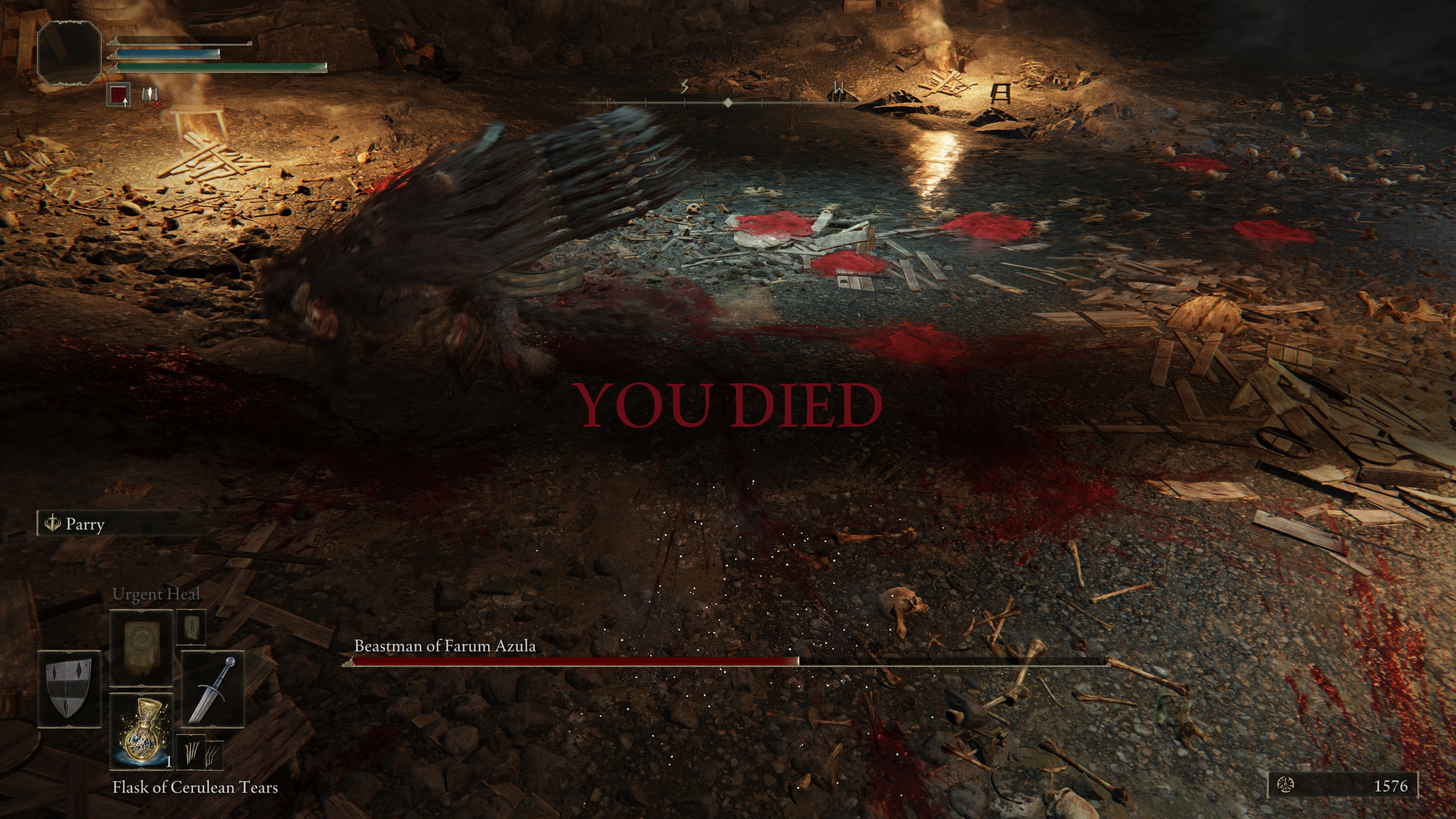
-
Elden Ring PS5 Review #16
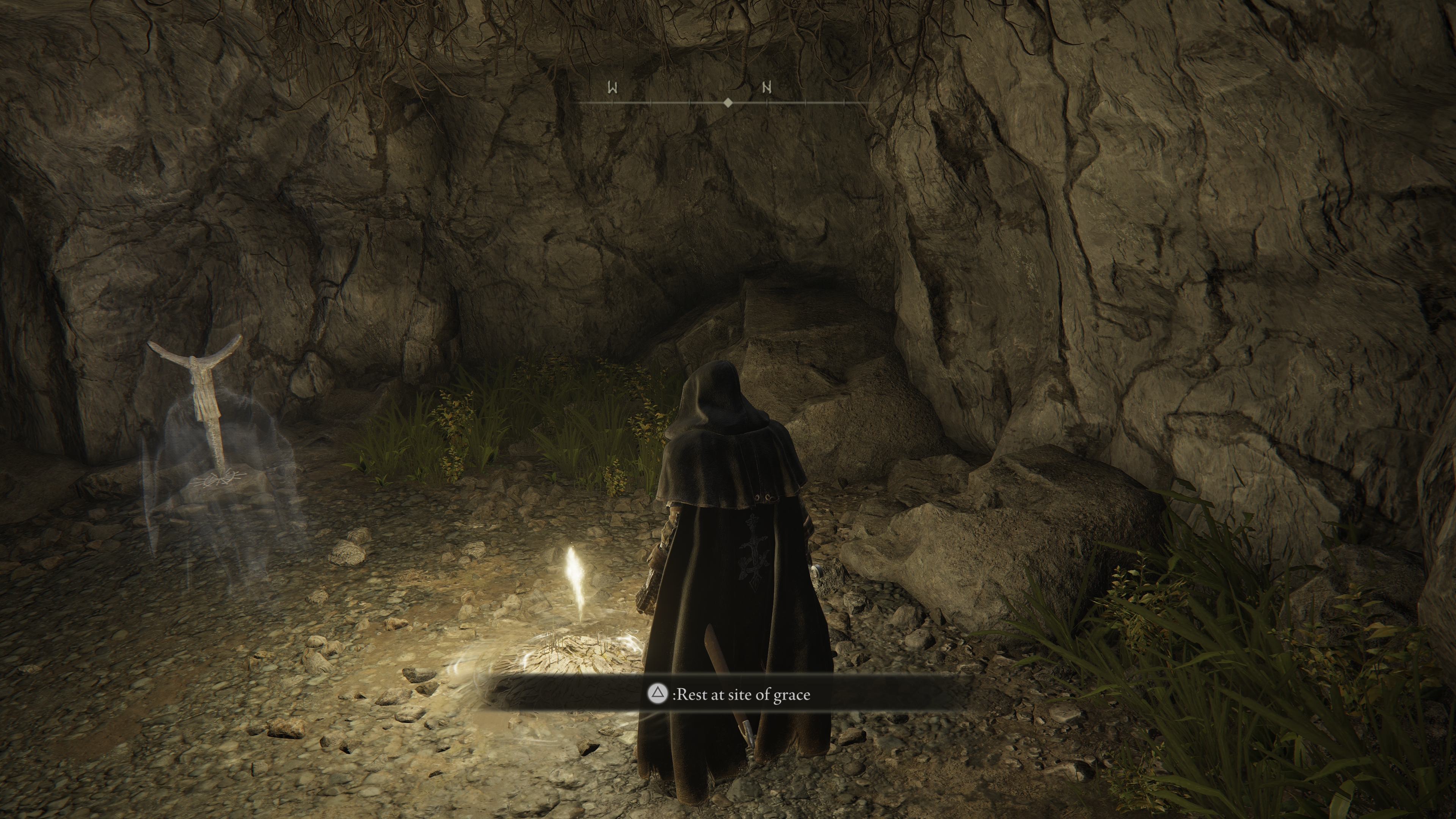
-
Elden Ring PS5 Review #17
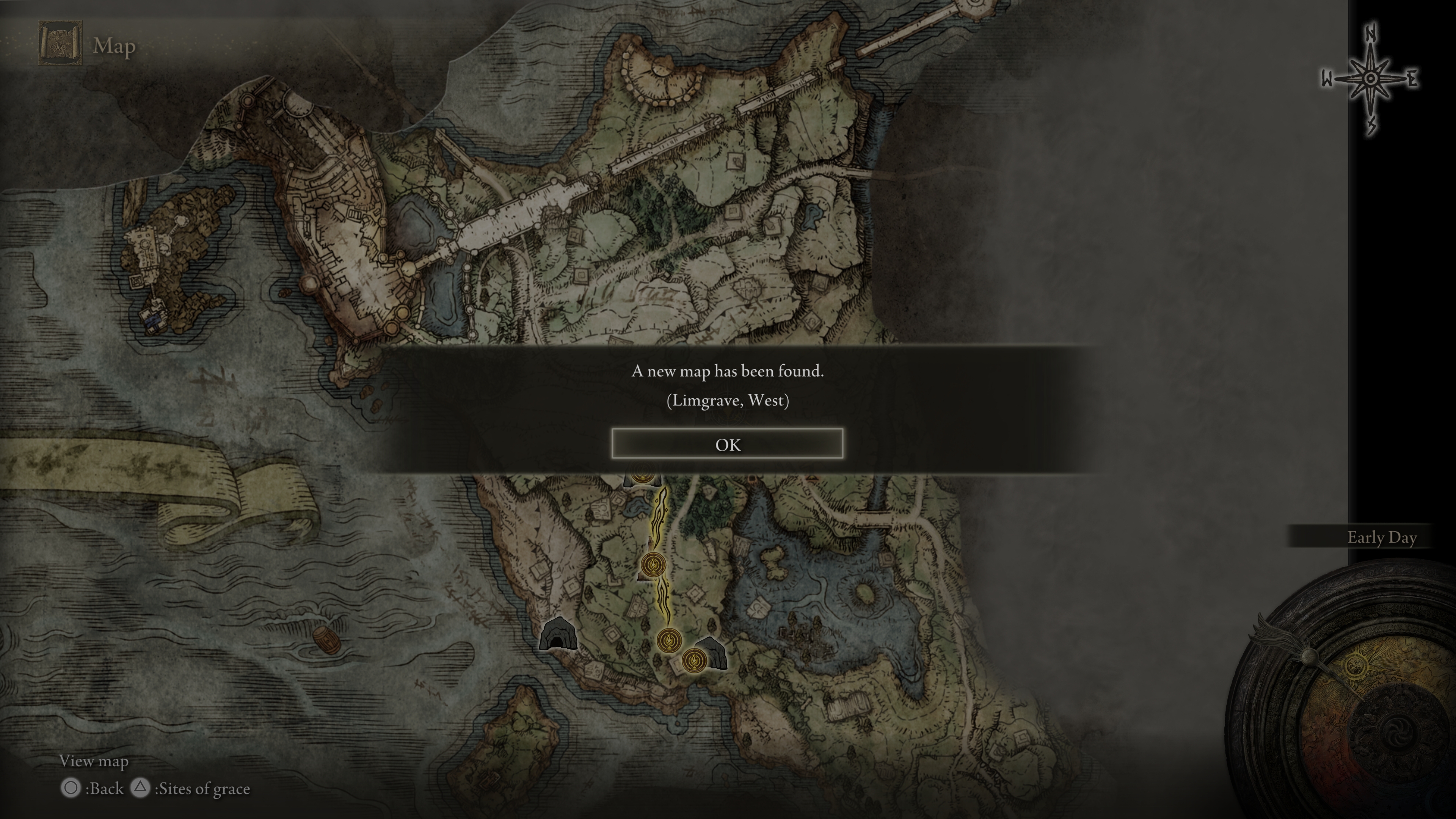
-
Elden Ring PS5 Review #18

-
Elden Ring PS5 Review #19
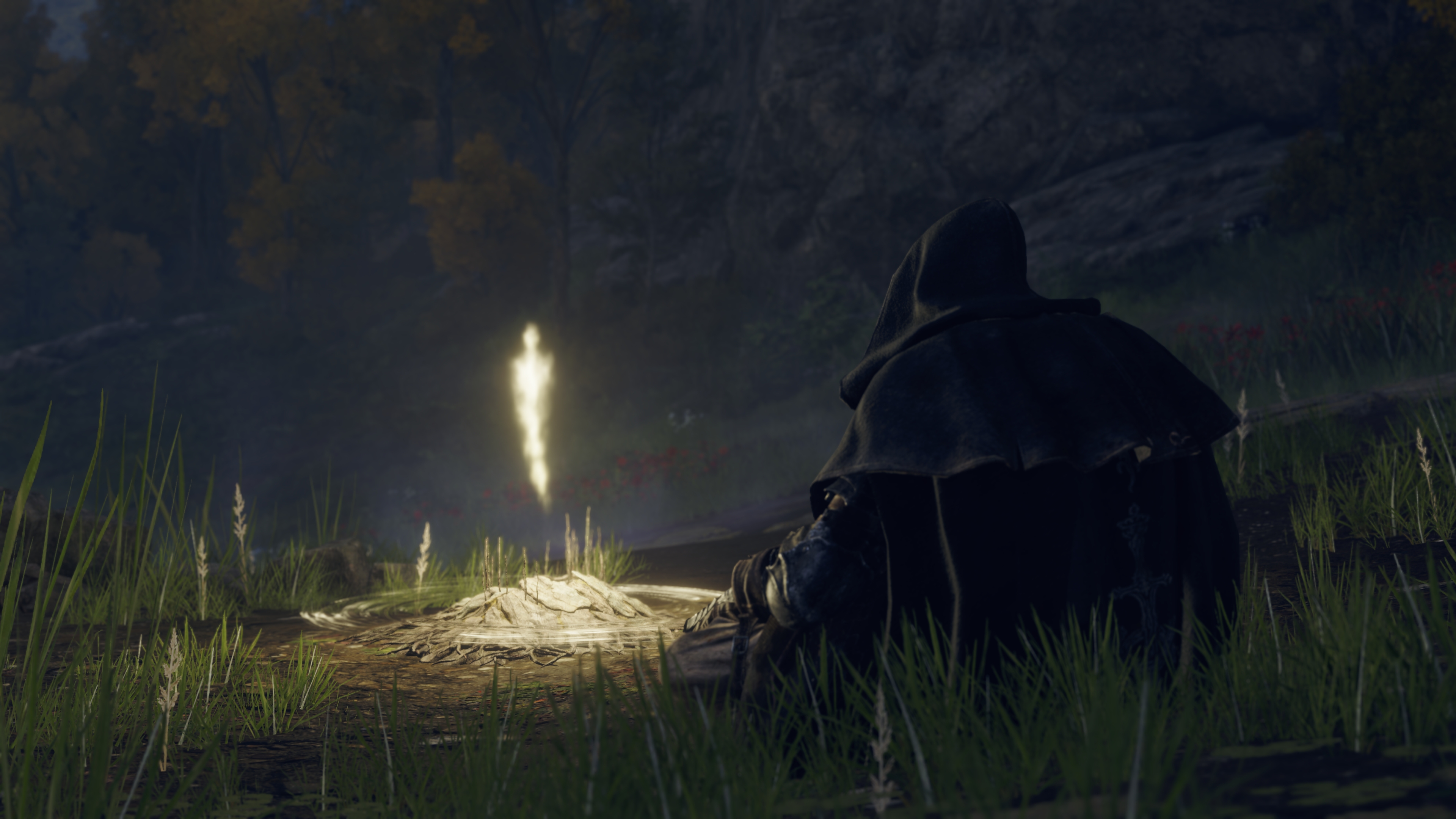
-
Elden Ring PS5 Review #20
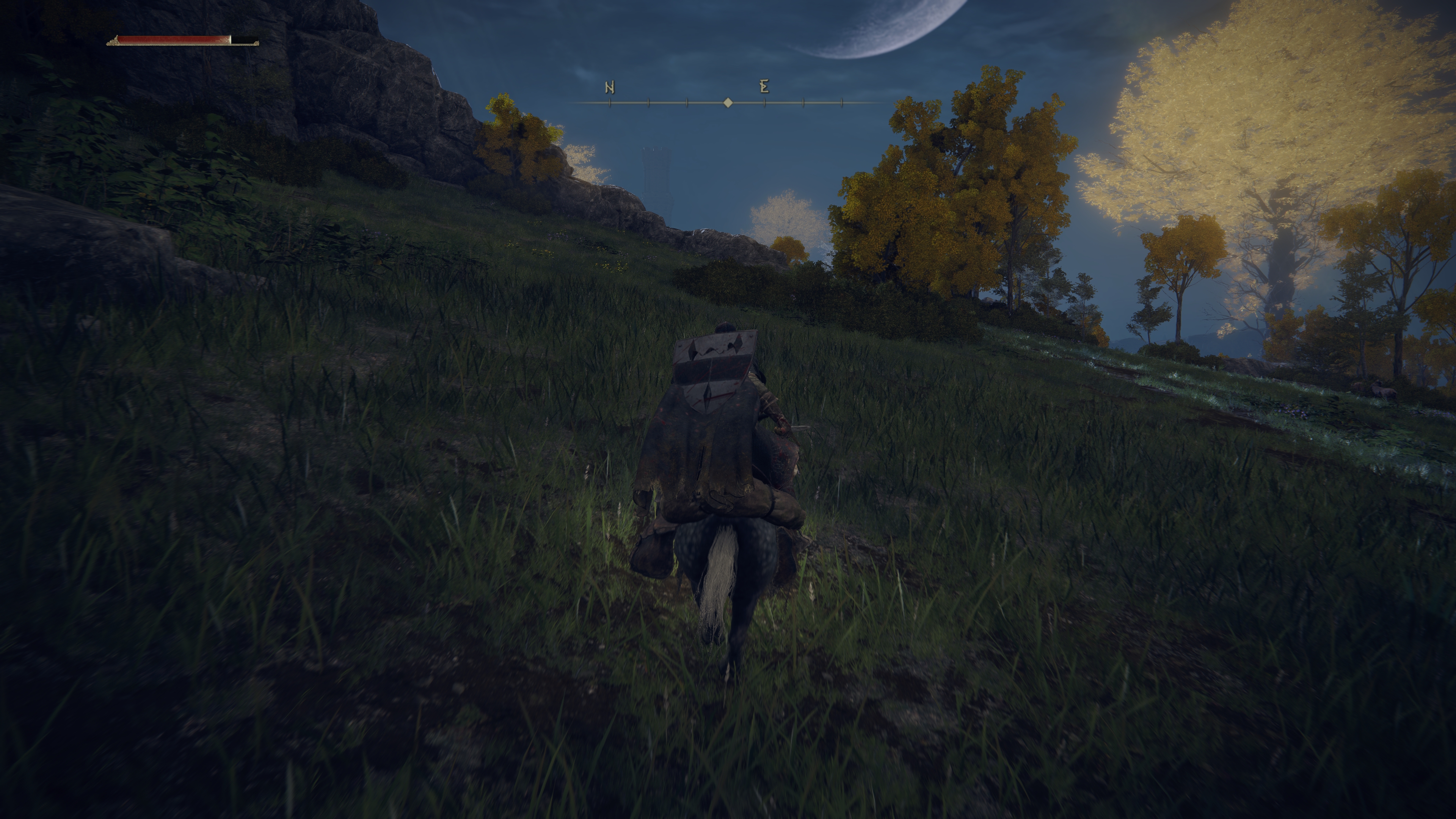
-
Elden Ring PS5 Review #21
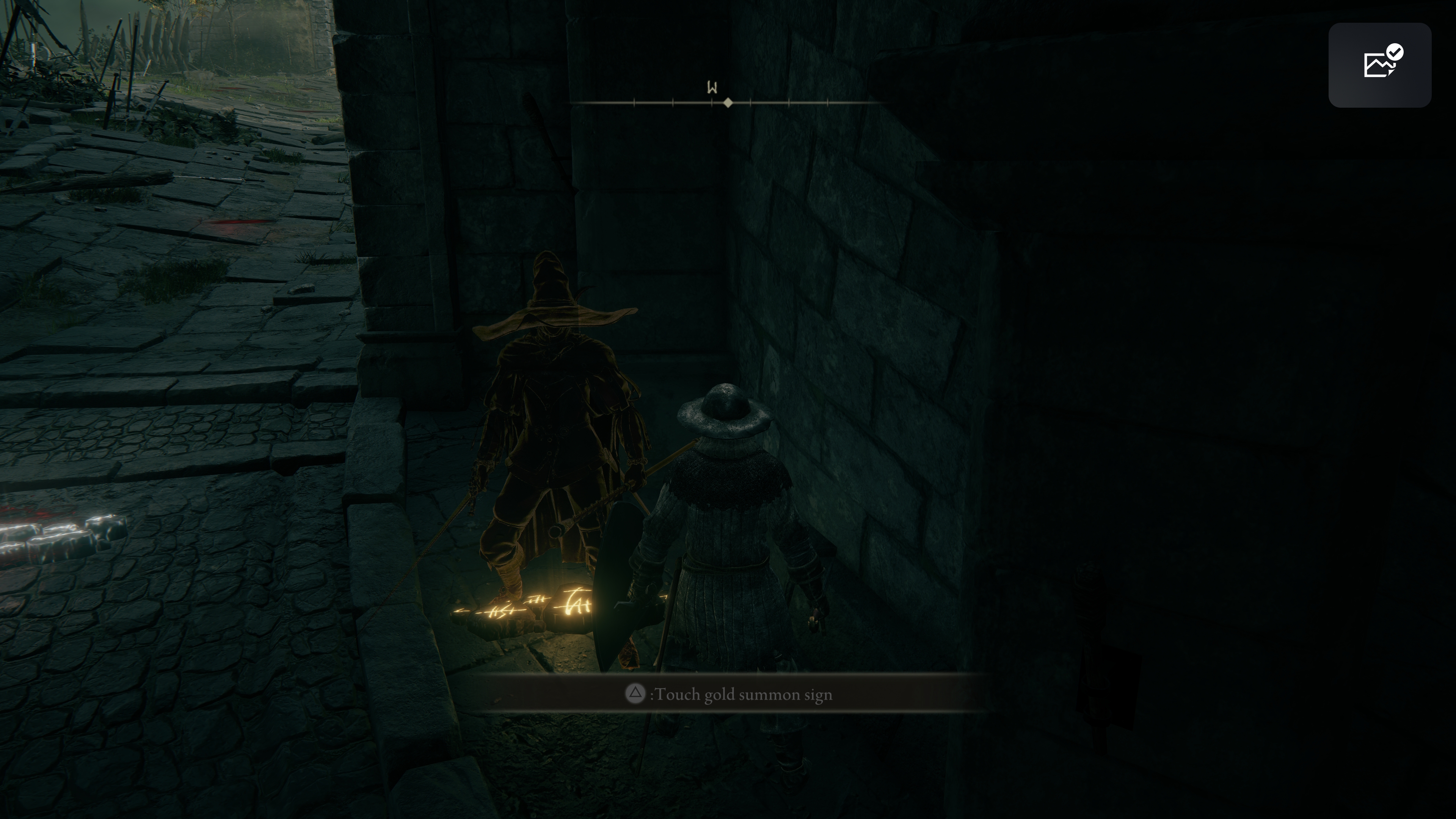
-
Elden Ring PS5 Review #22
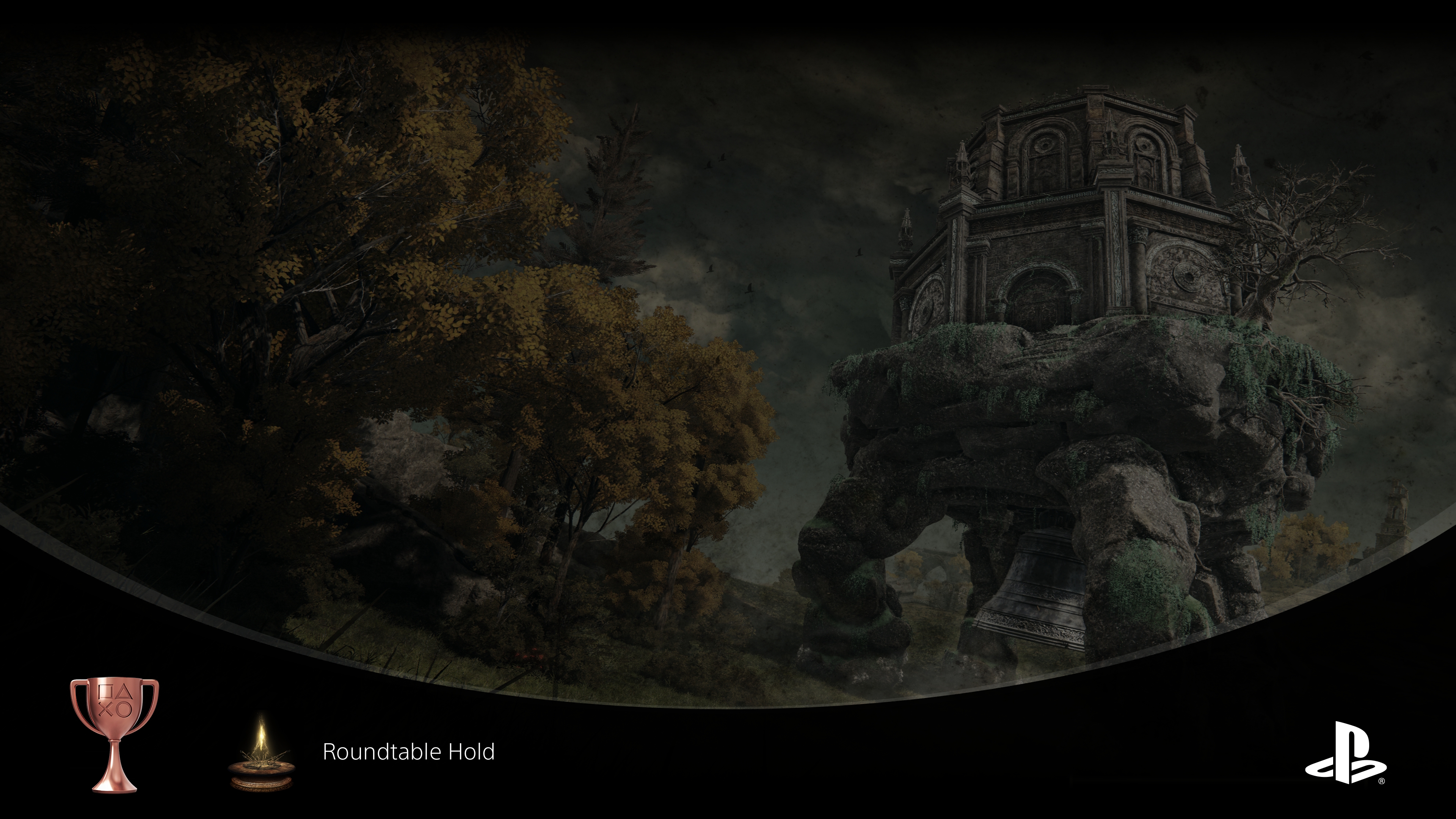
-
Elden Ring PS5 Review #23

-
Elden Ring PS5 Review #24
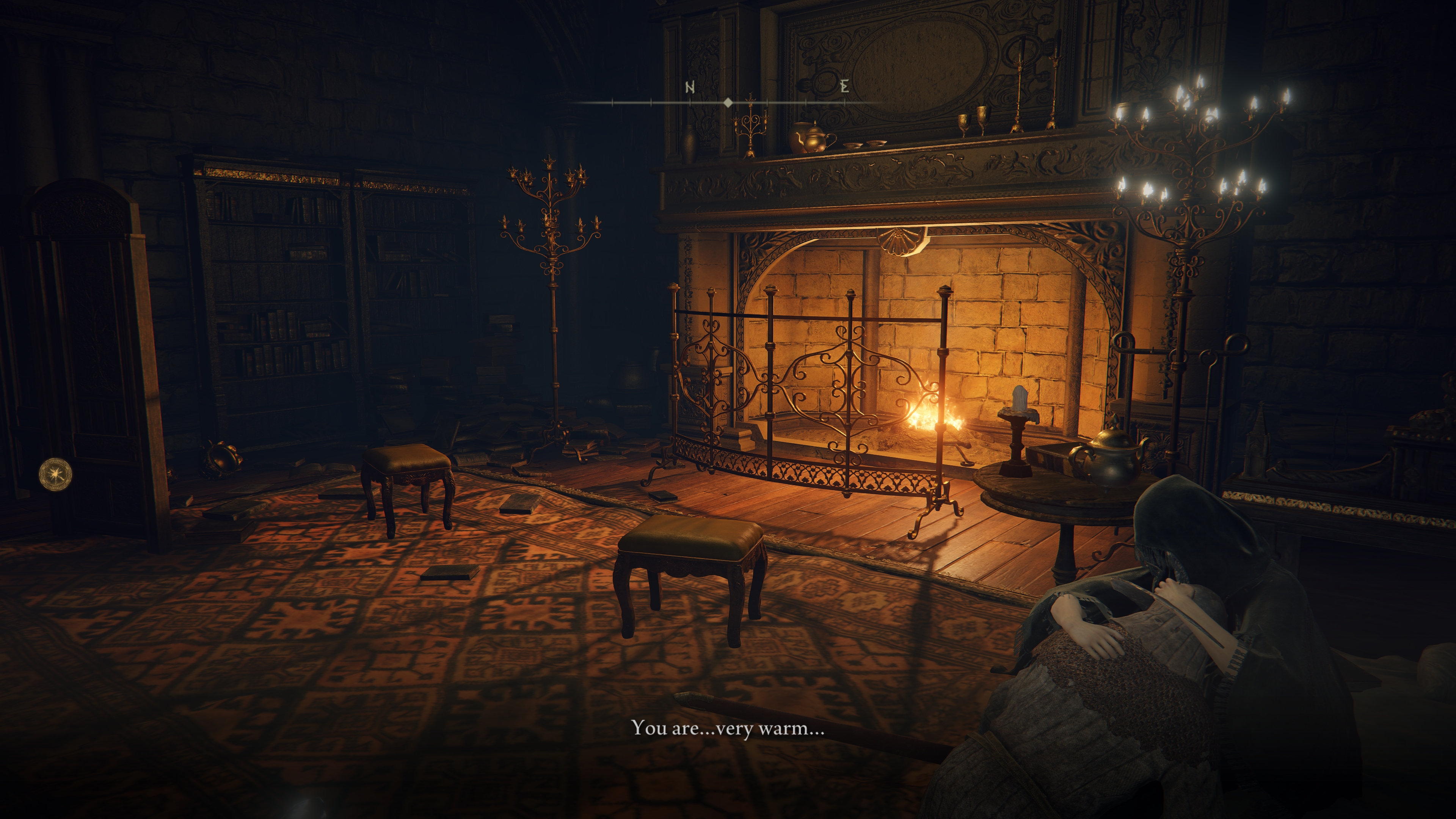
-
Elden Ring PS5 Review #25
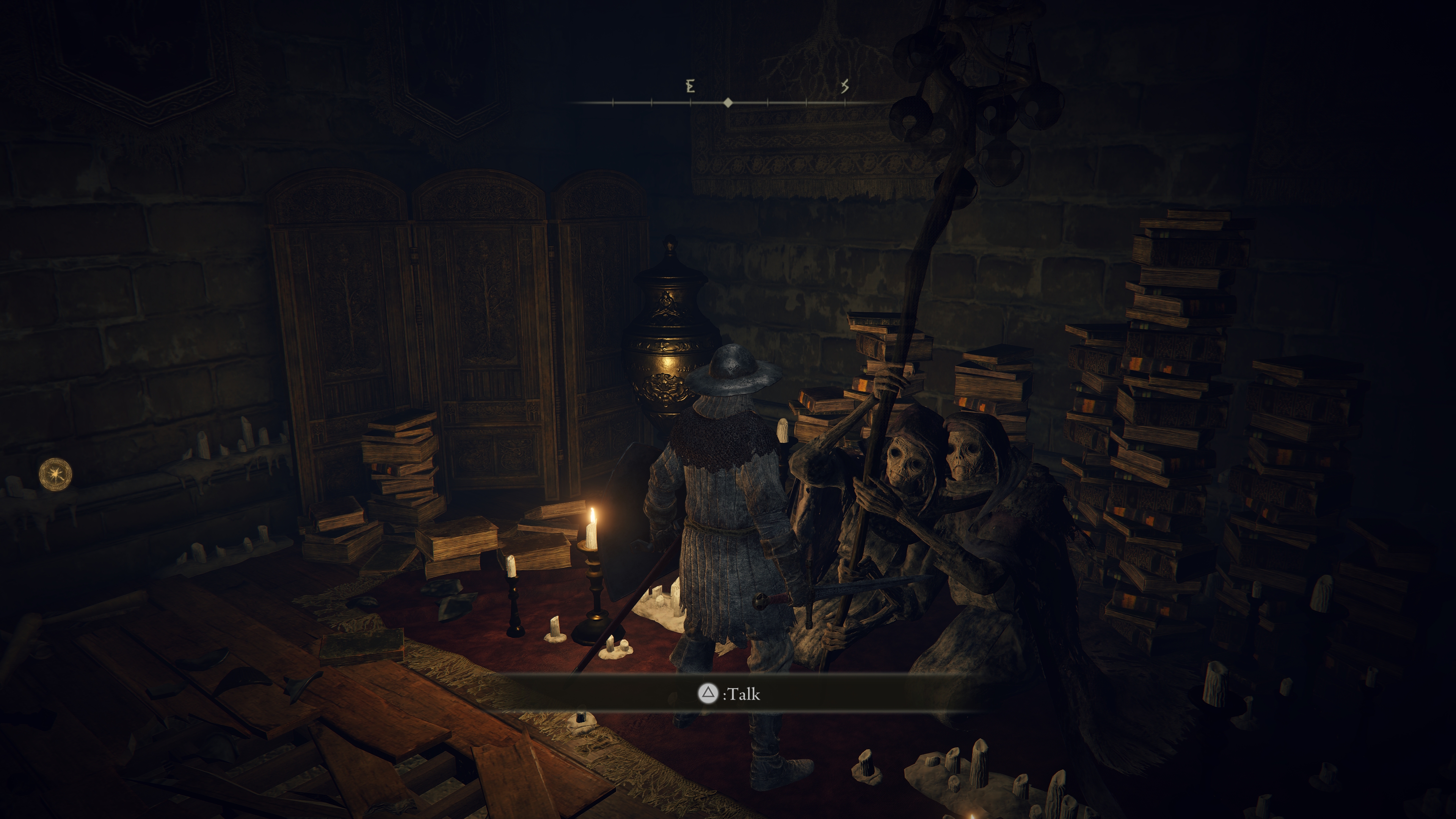
-
Elden Ring PS5 Review #26
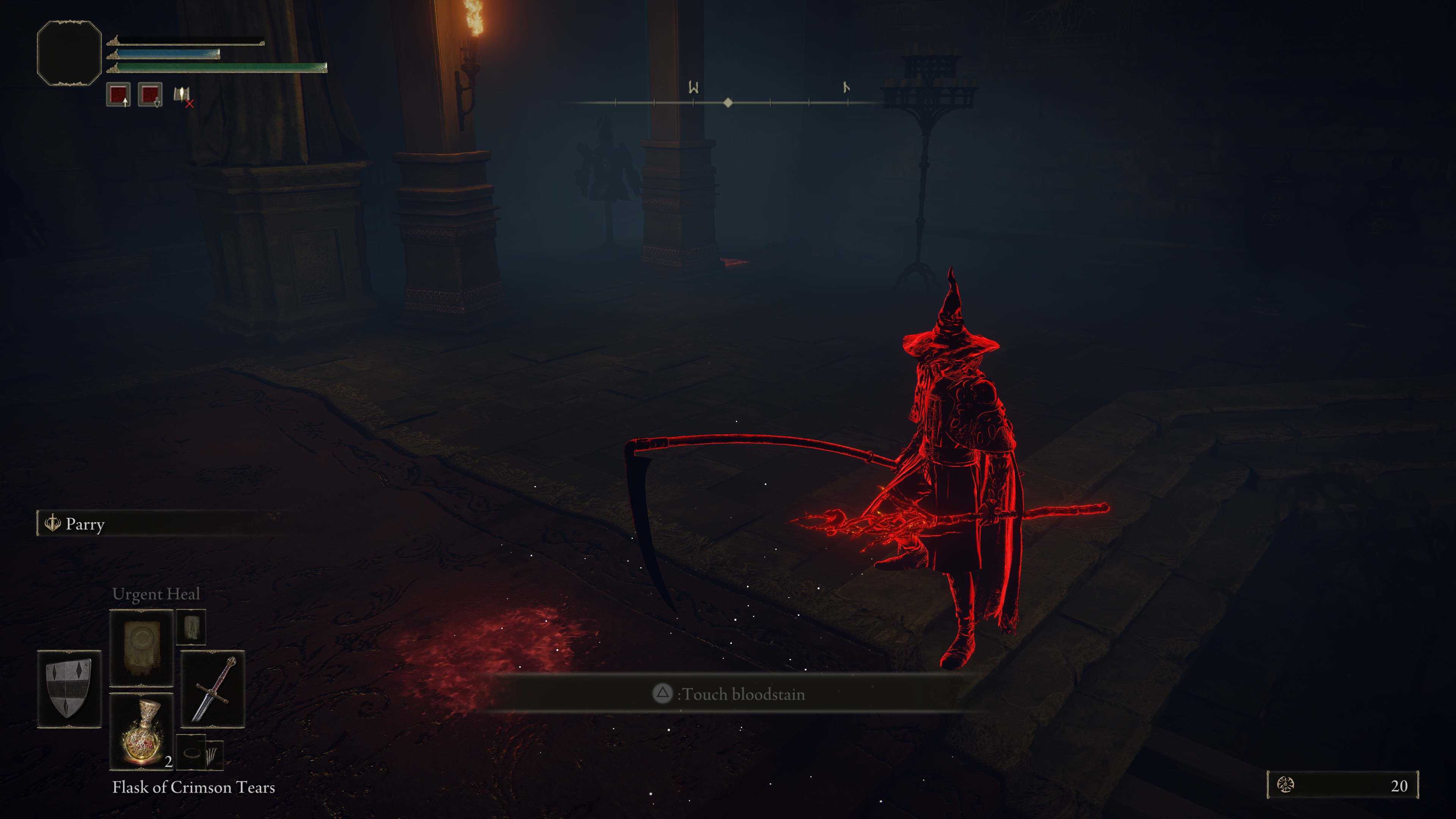
-
Elden Ring PS5 Review #27
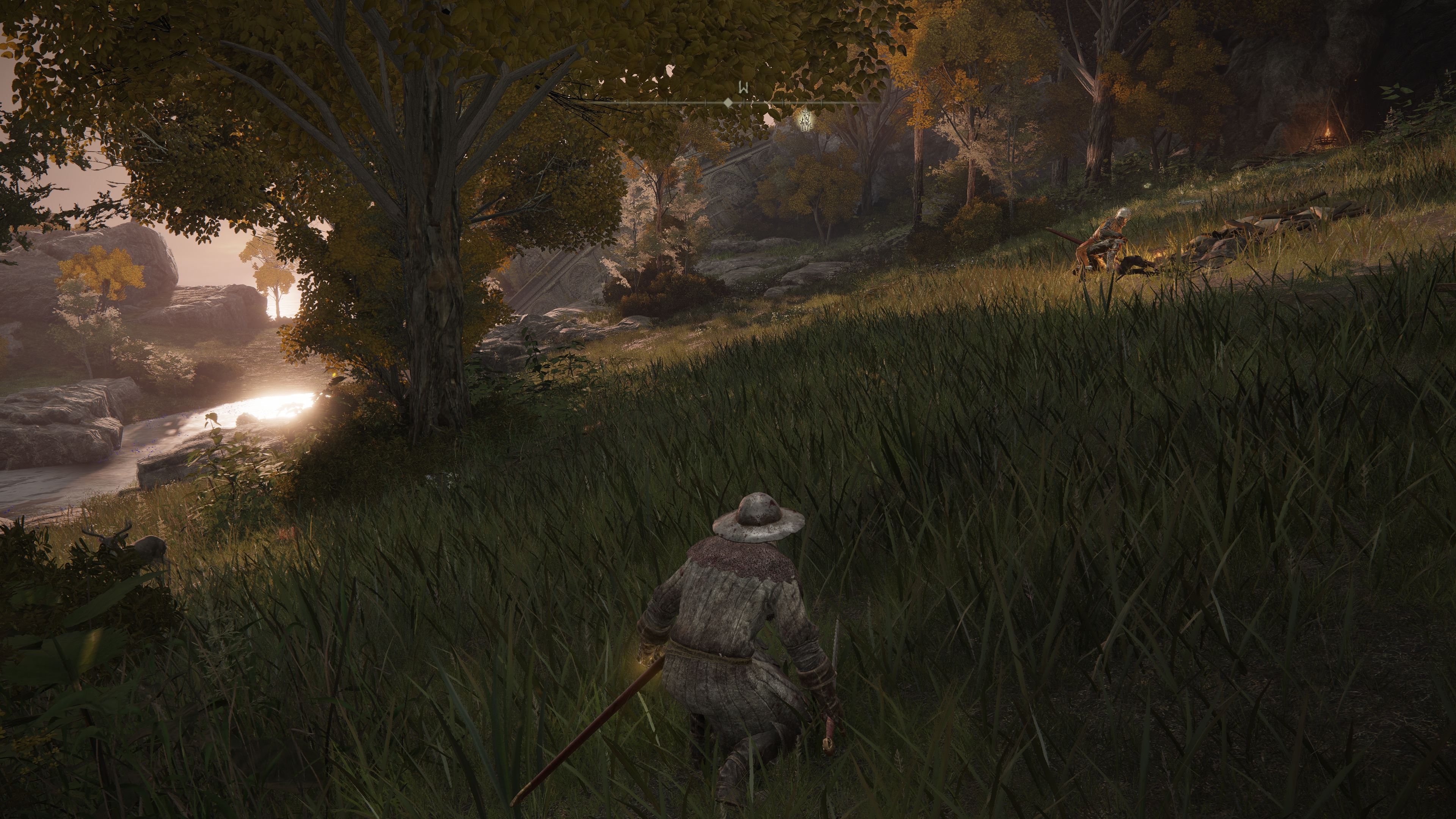
-
Elden Ring PS5 Review #28
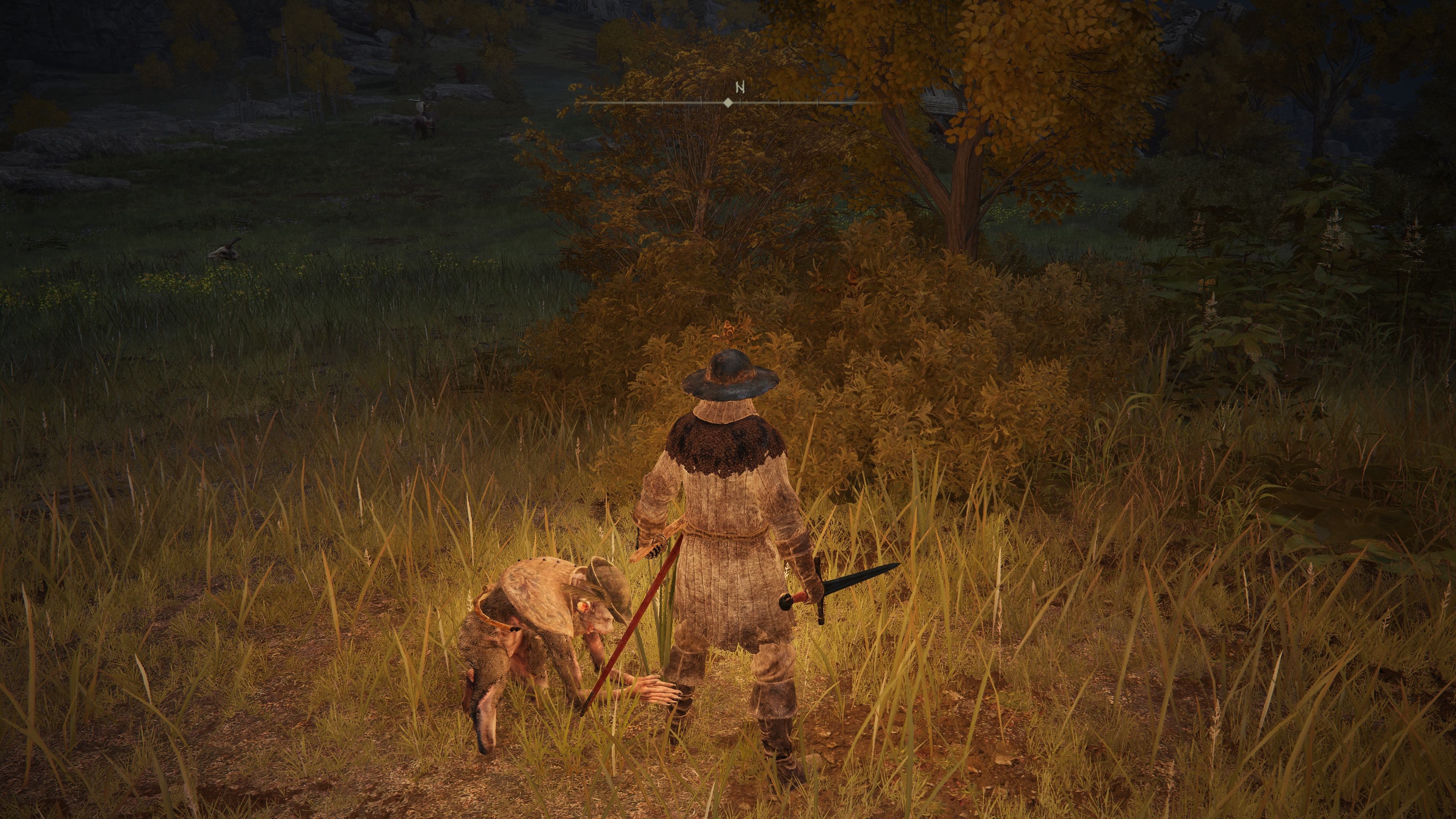
-
Elden Ring PS5 Review #29
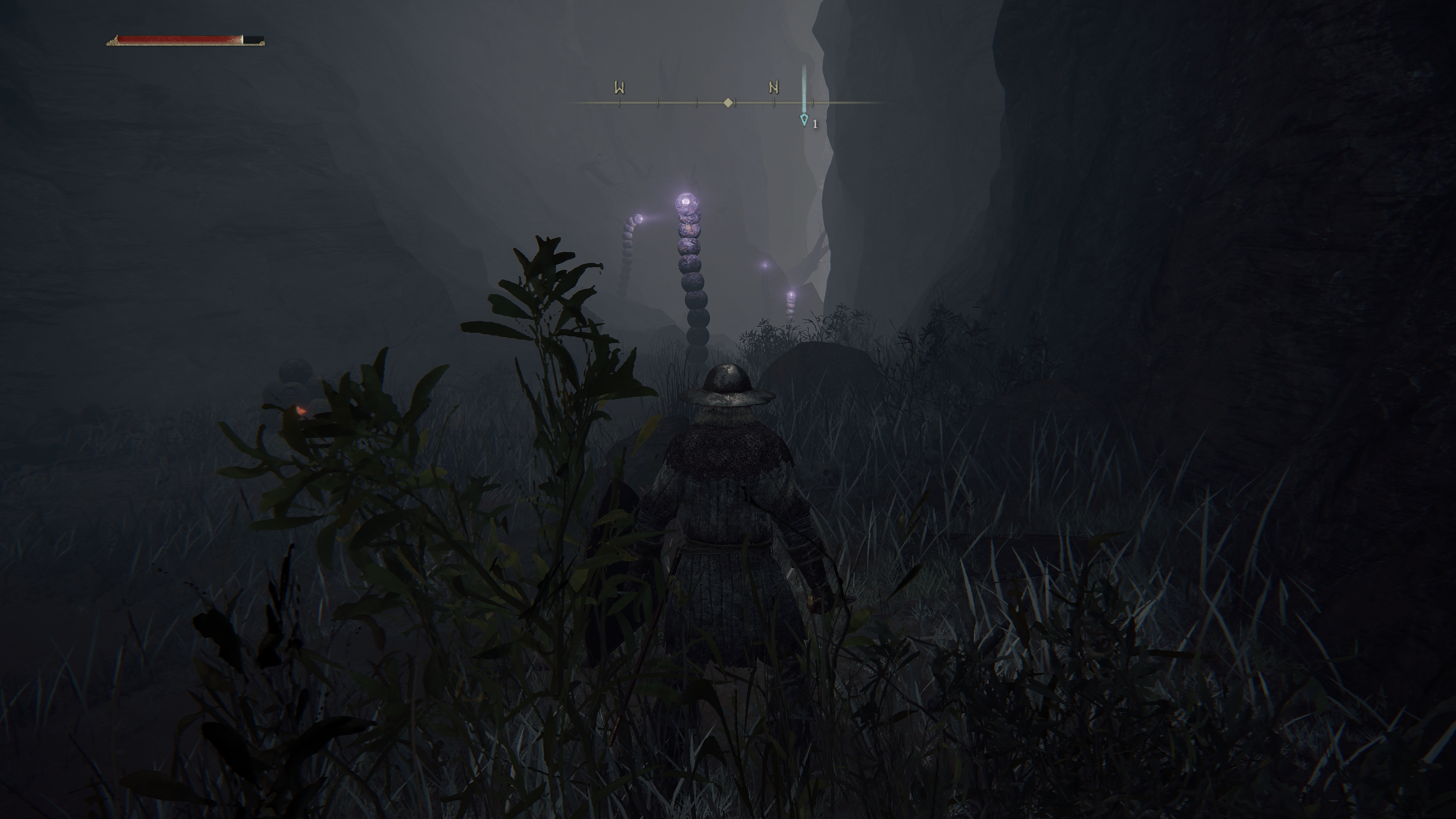
-
Elden Ring PS5 Review #30
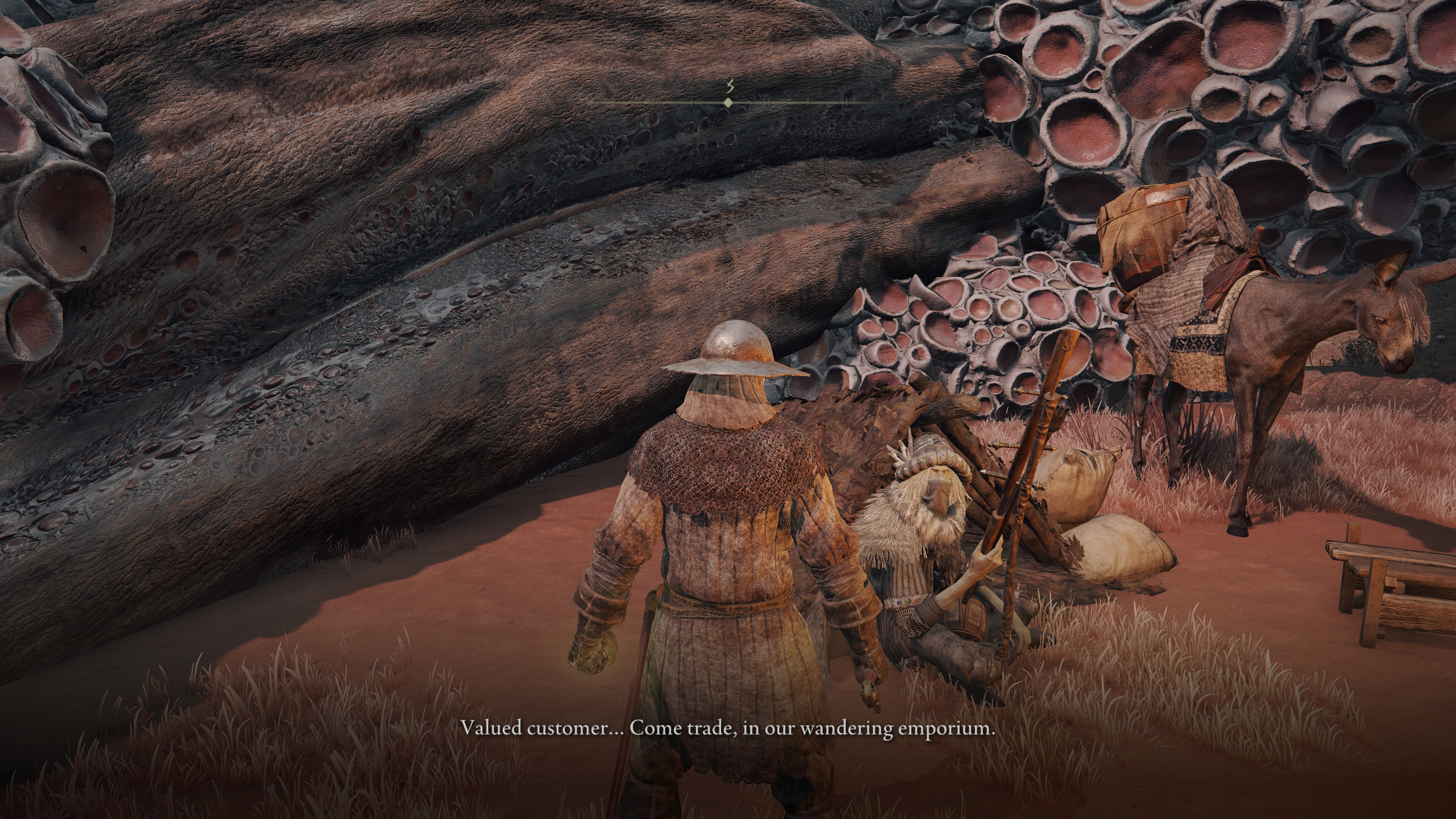
-
Elden Ring PS5 Review #31
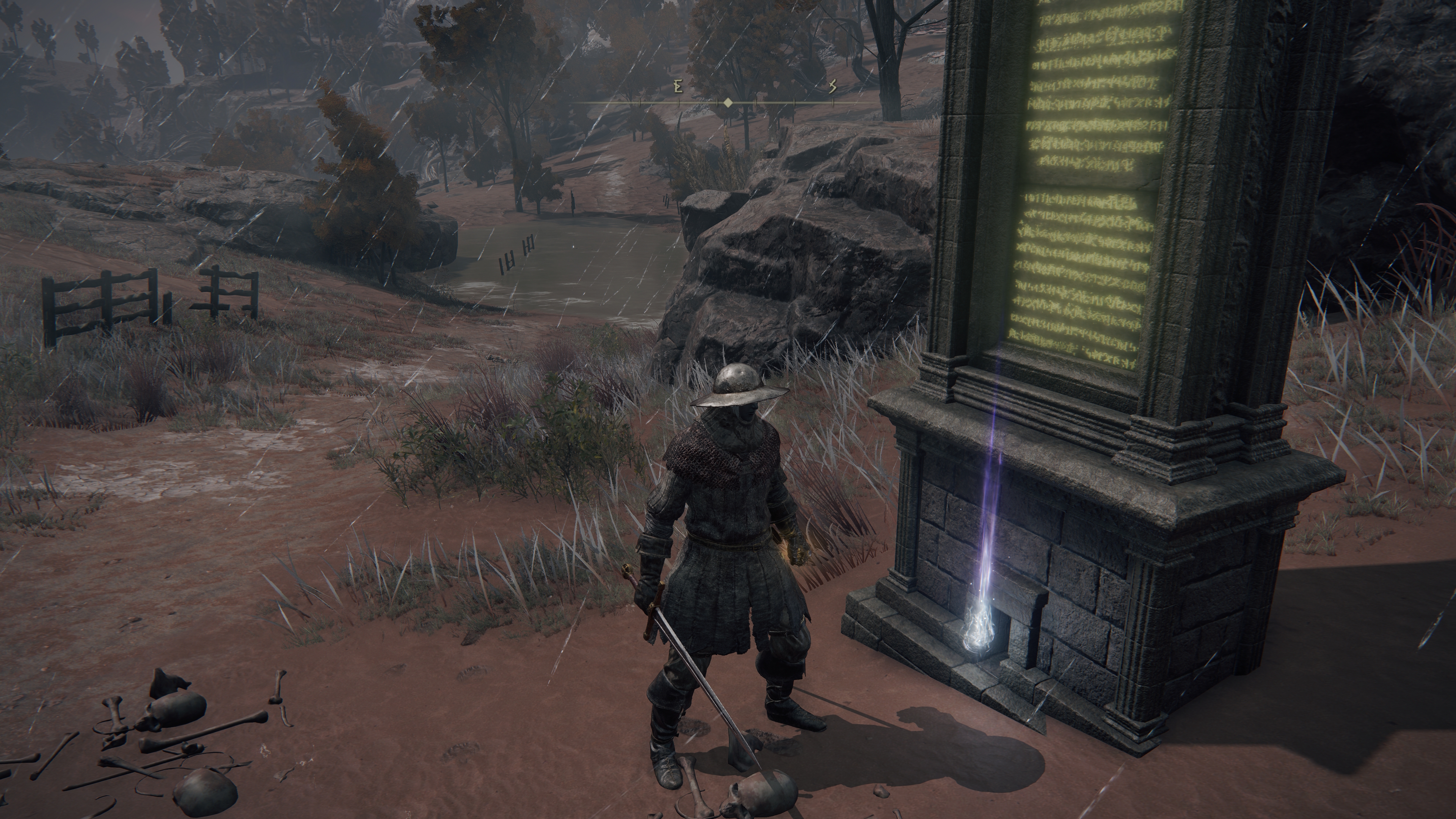
-
Elden Ring PS5 Review #32

-
Elden Ring PS5 Review #33
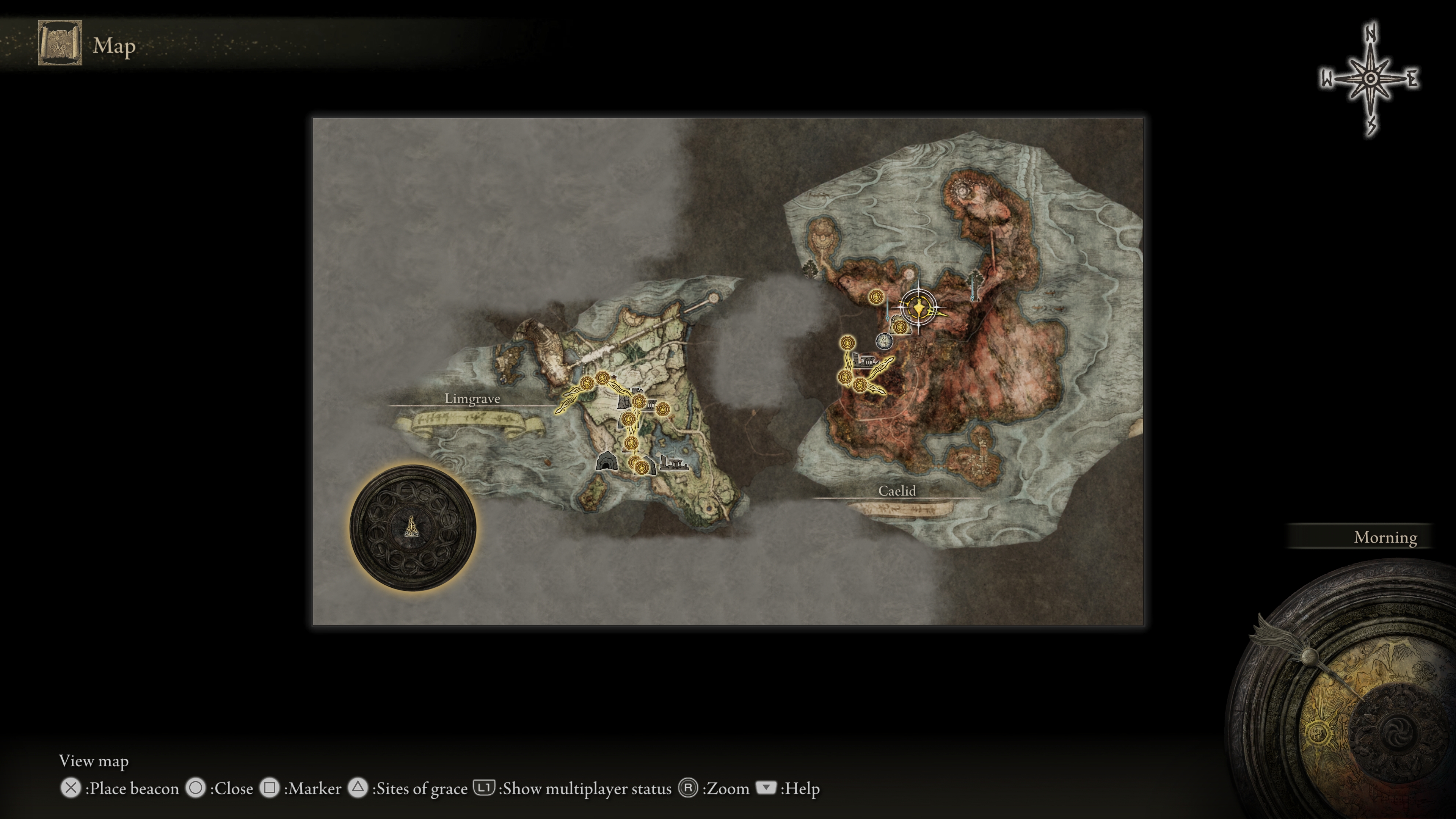
-
Elden Ring PS5 Review #34
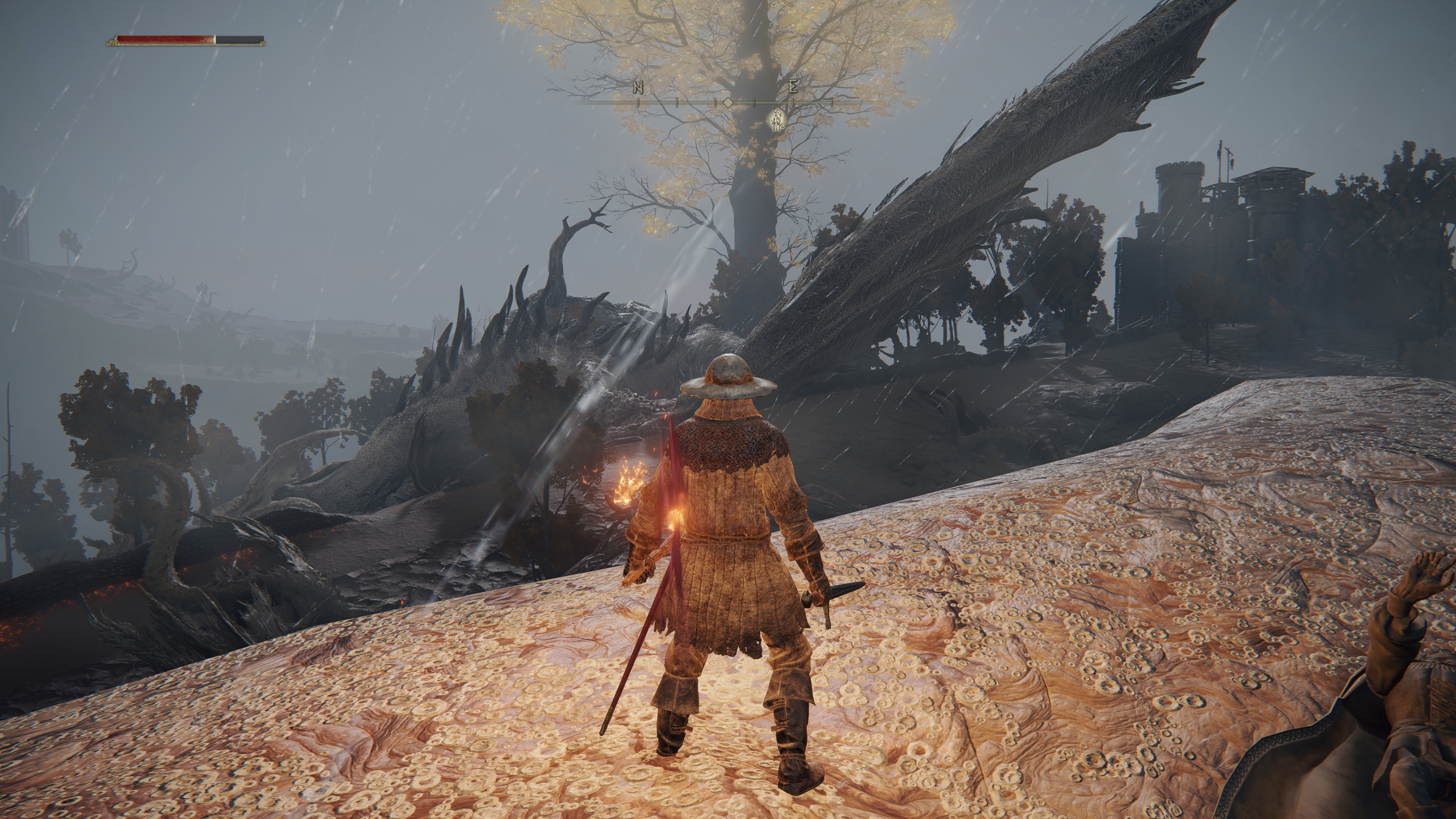
-
Elden Ring PS5 Review #35
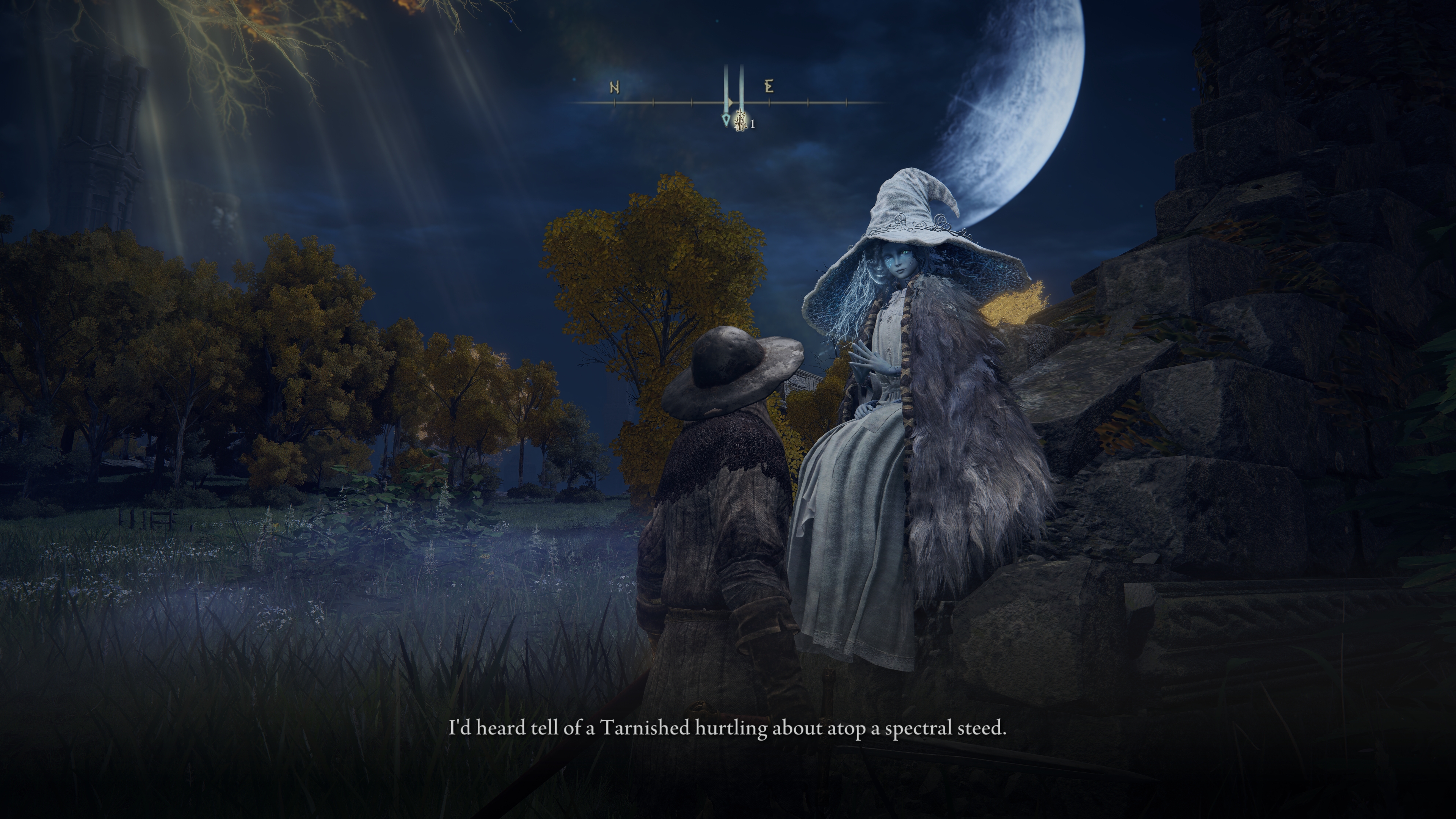
-
Elden Ring PS5 Review #36
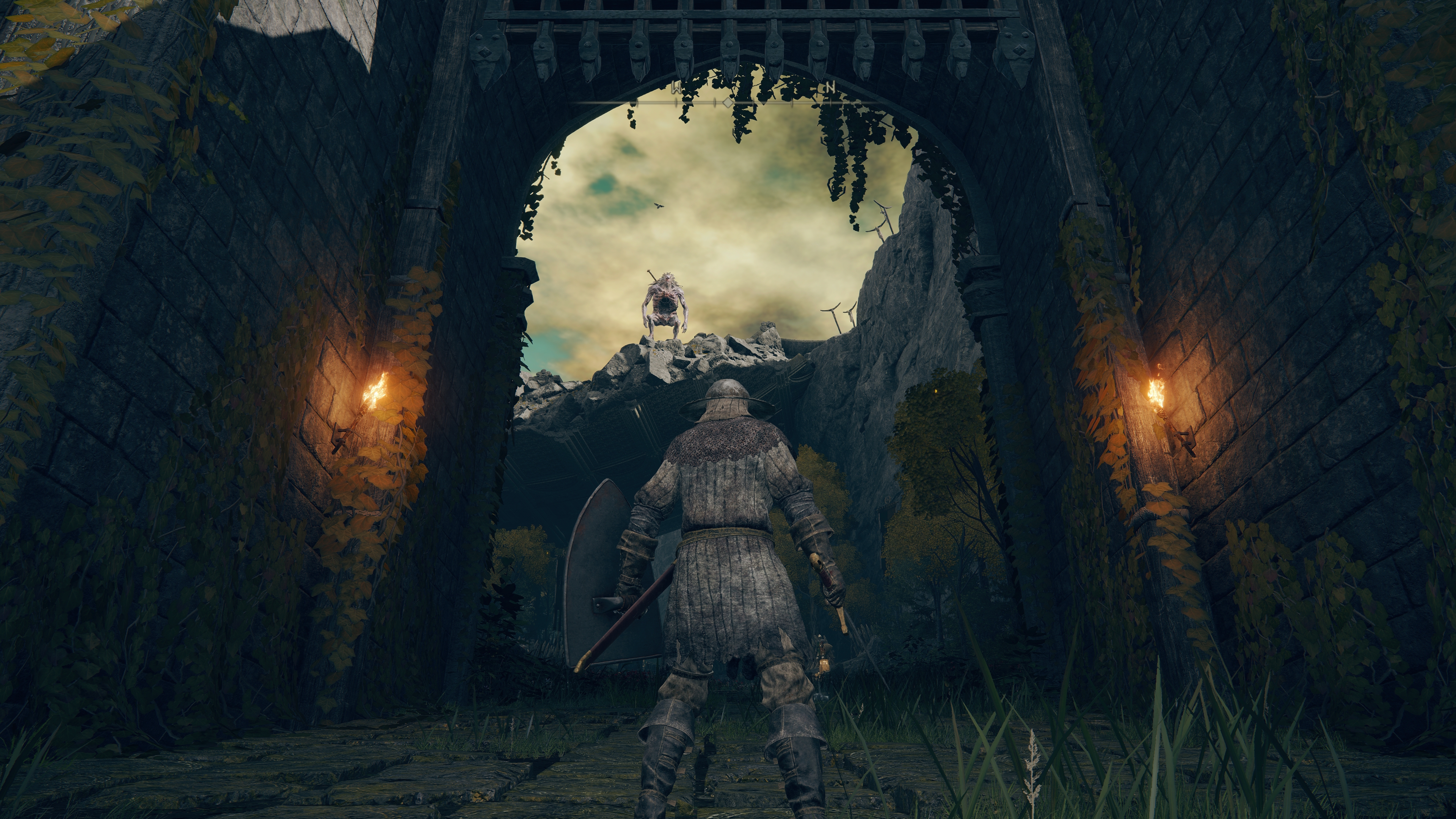
-
Elden Ring PS5 Review #37
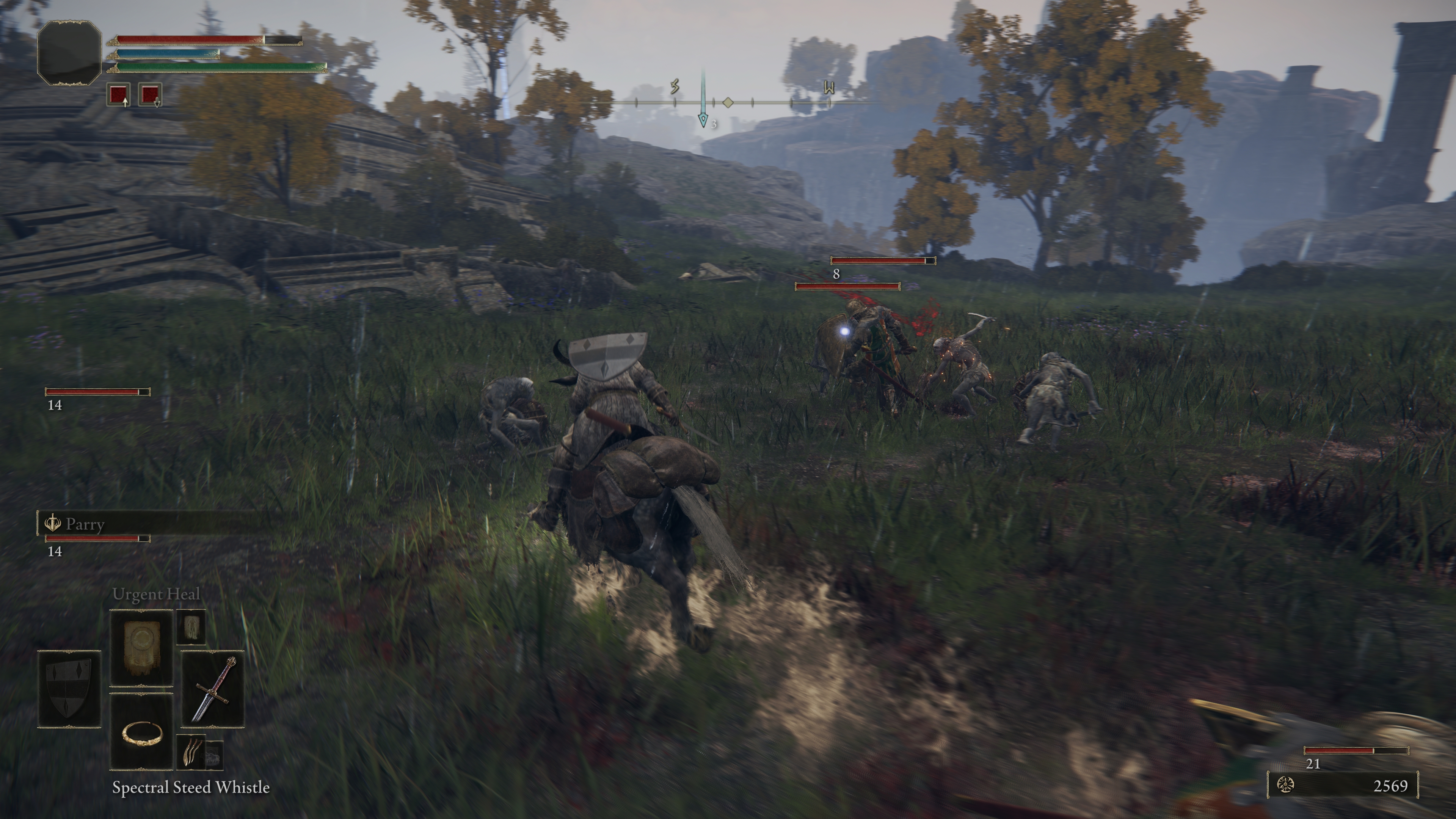
-
Elden Ring PS5 Review #38
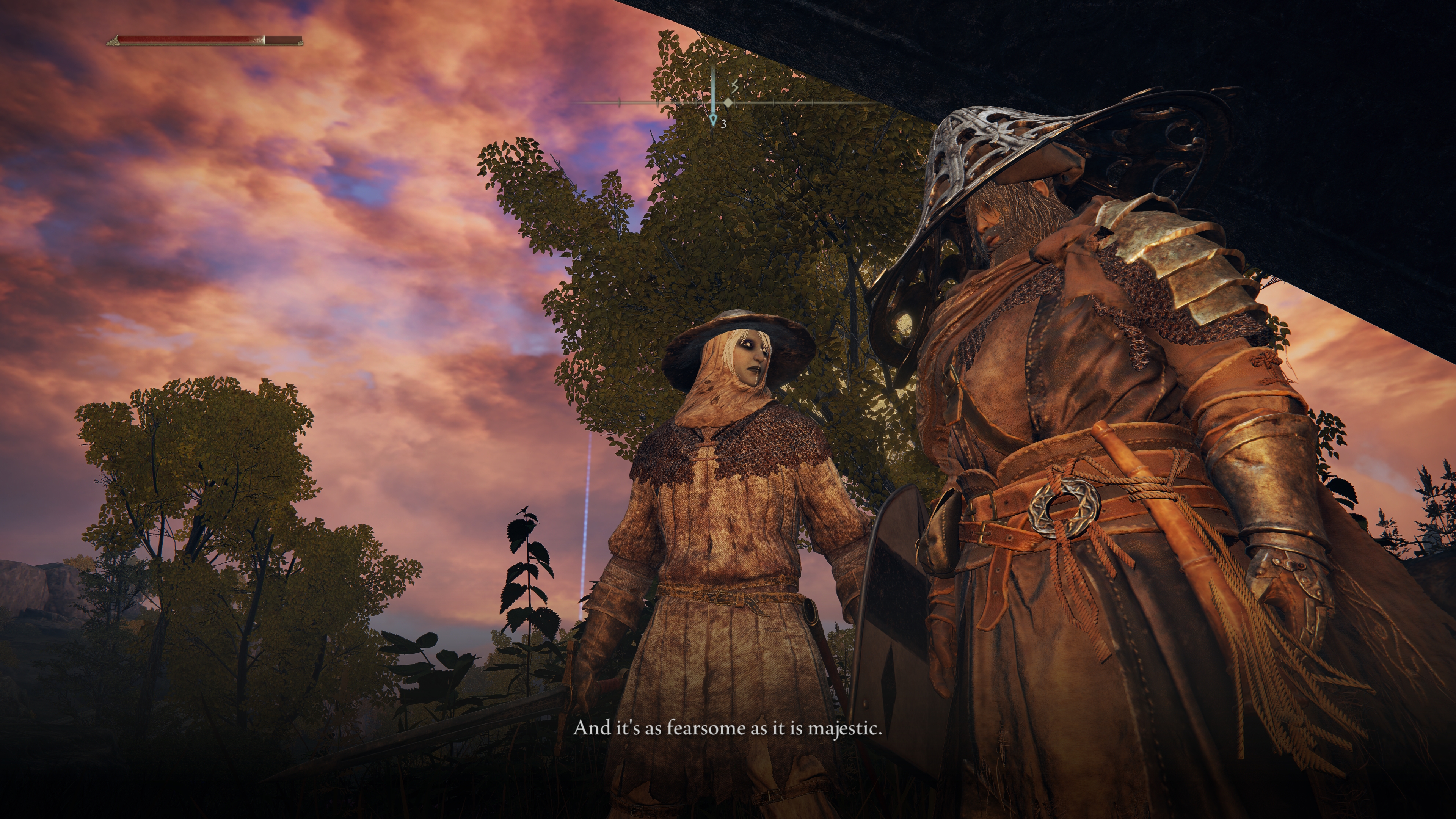
-
Elden Ring PS5 Review #39
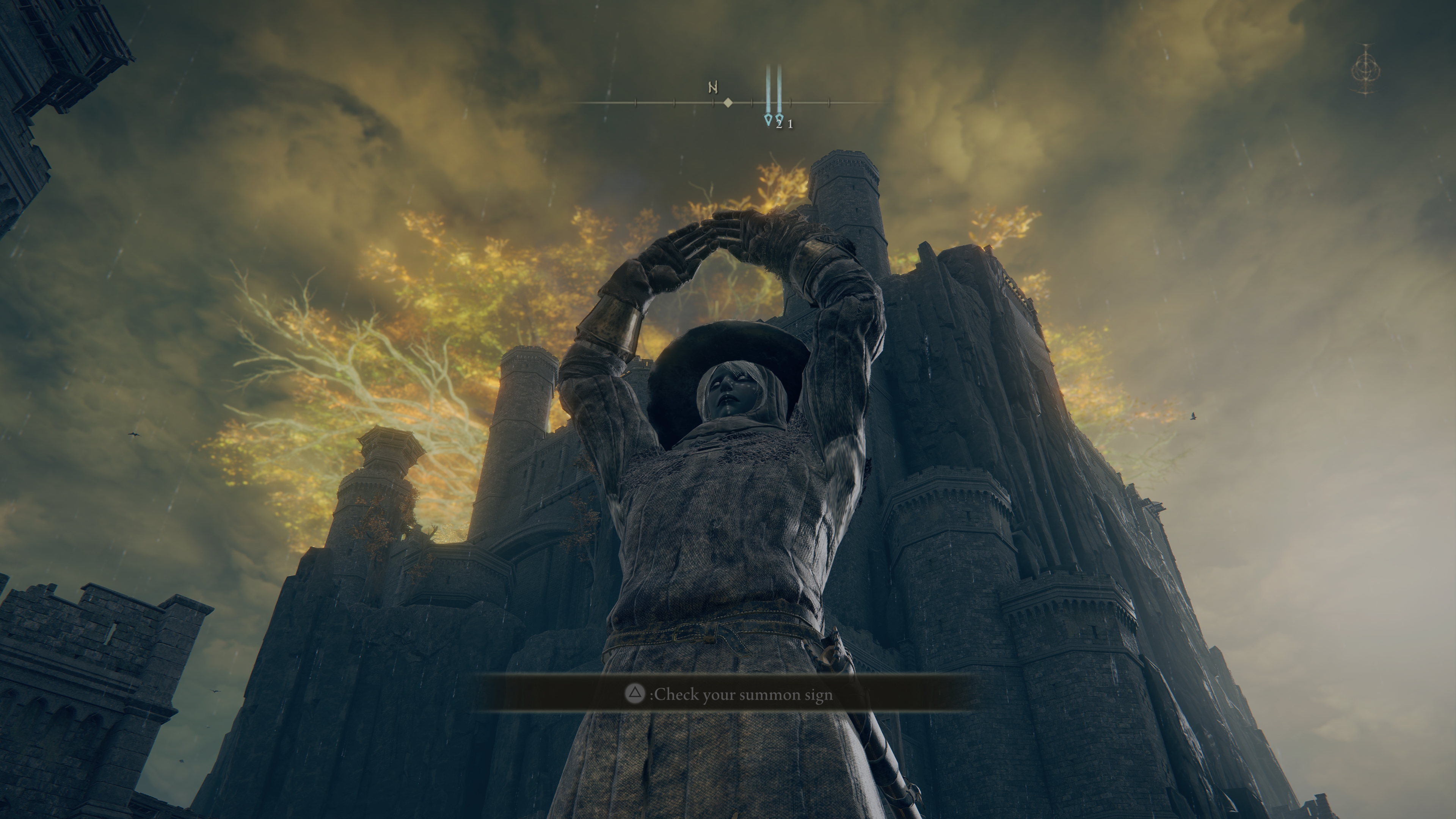
-
Elden Ring PS5 Review #40
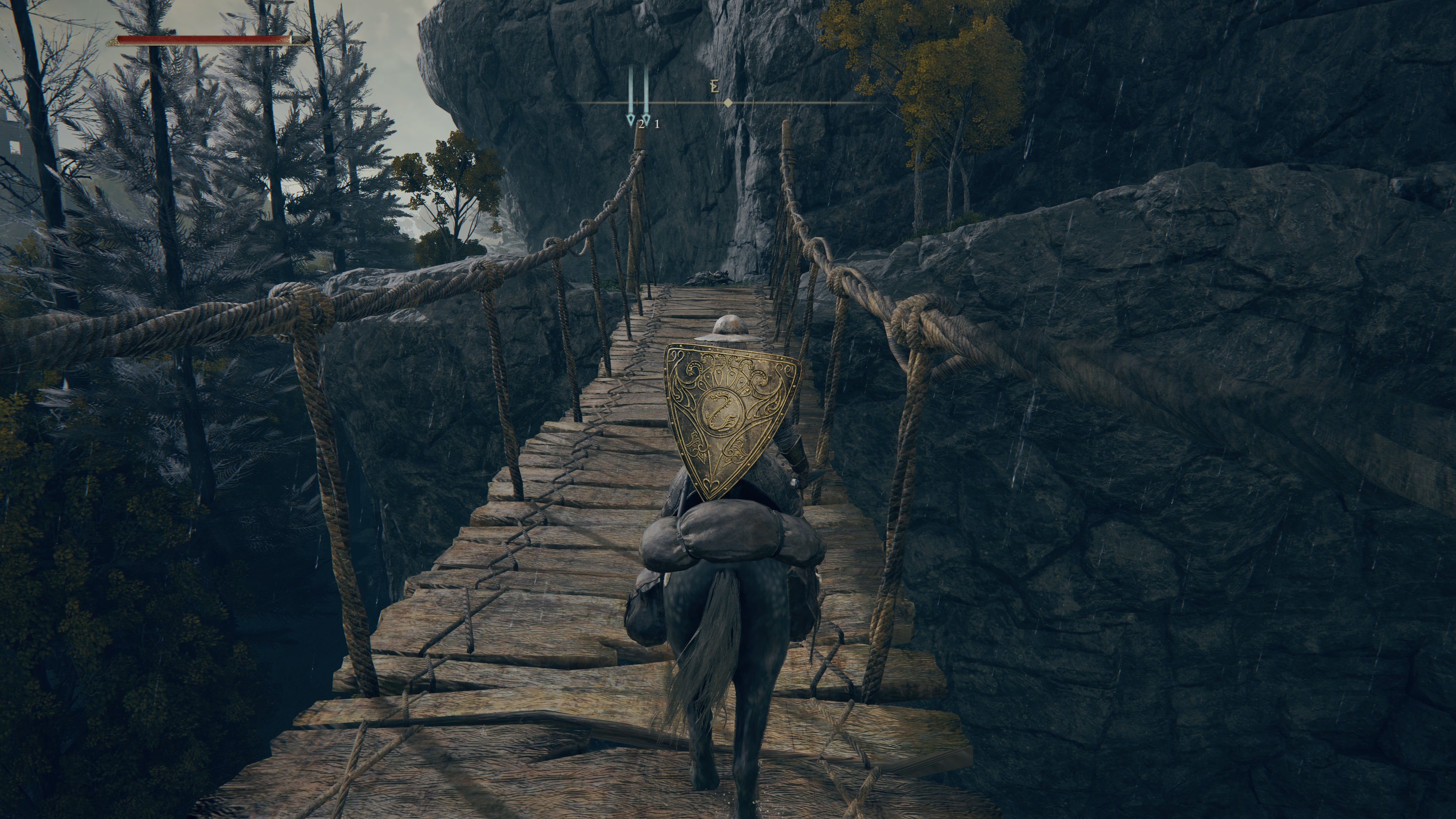
-
Elden Ring PS5 Review #41
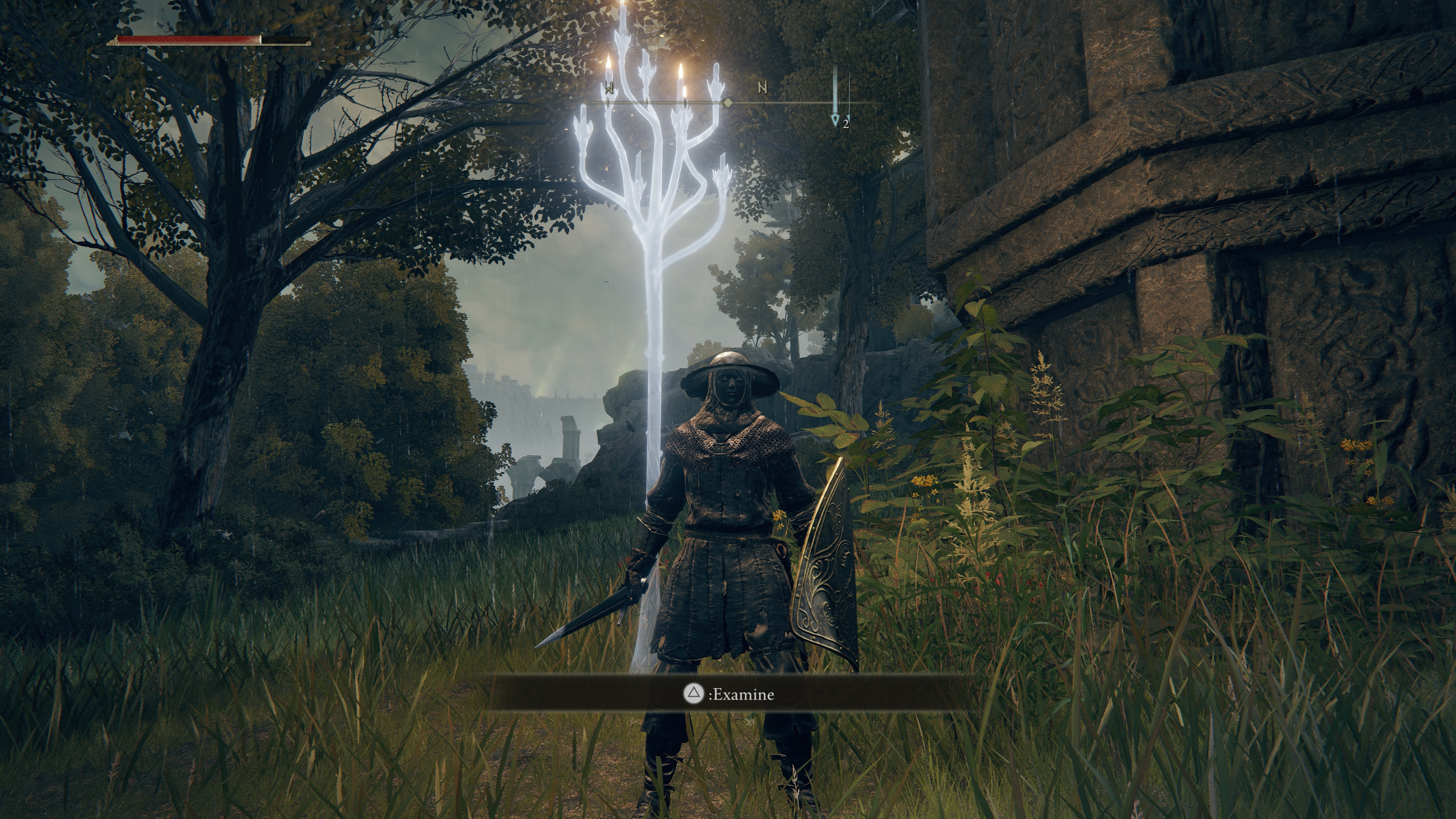
-
Elden Ring PS5 Review #42
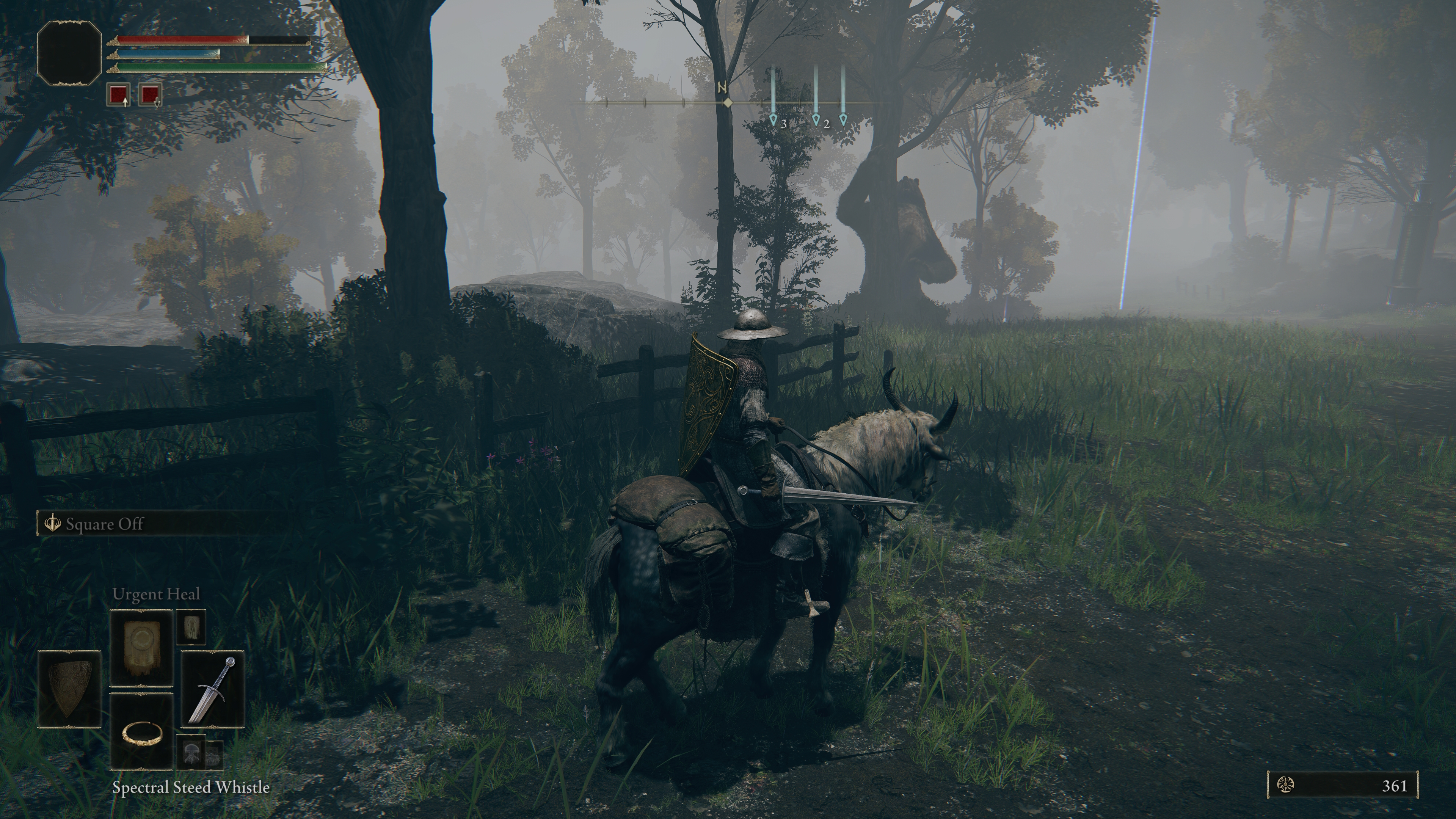
-
Elden Ring PS5 Review #43
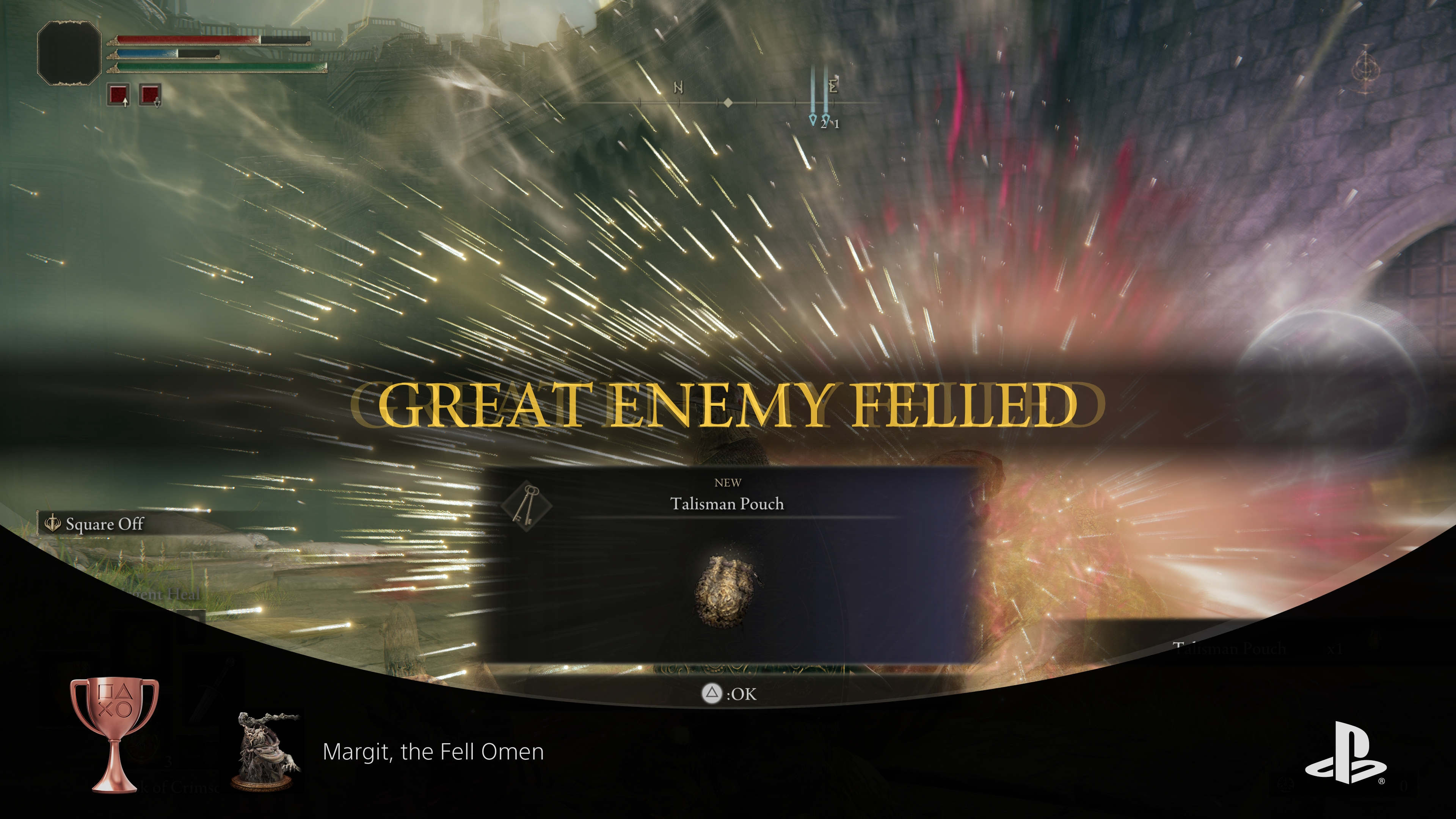
-
Elden Ring PS5 Review #44
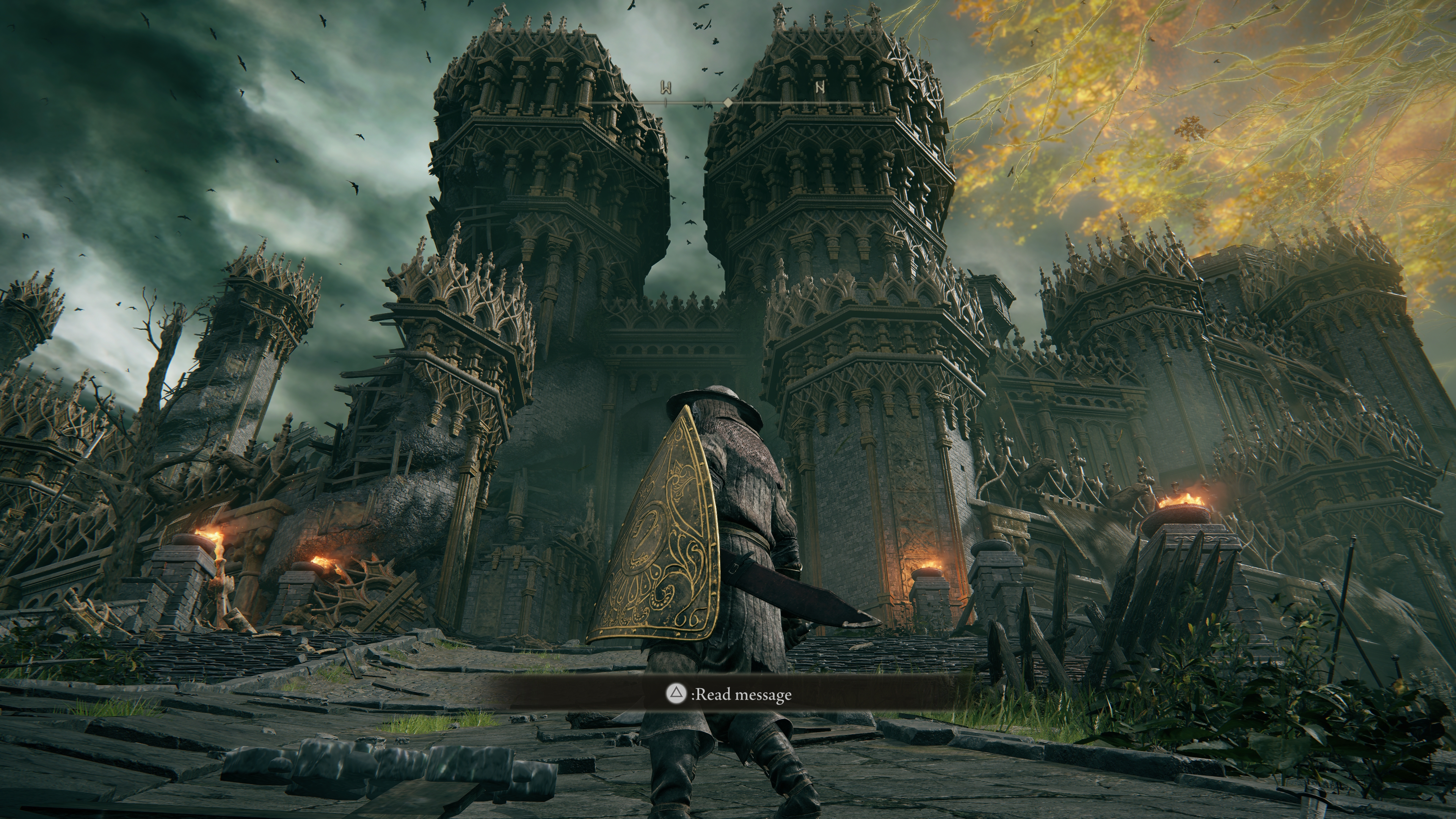
-
Elden Ring PS5 Review #45
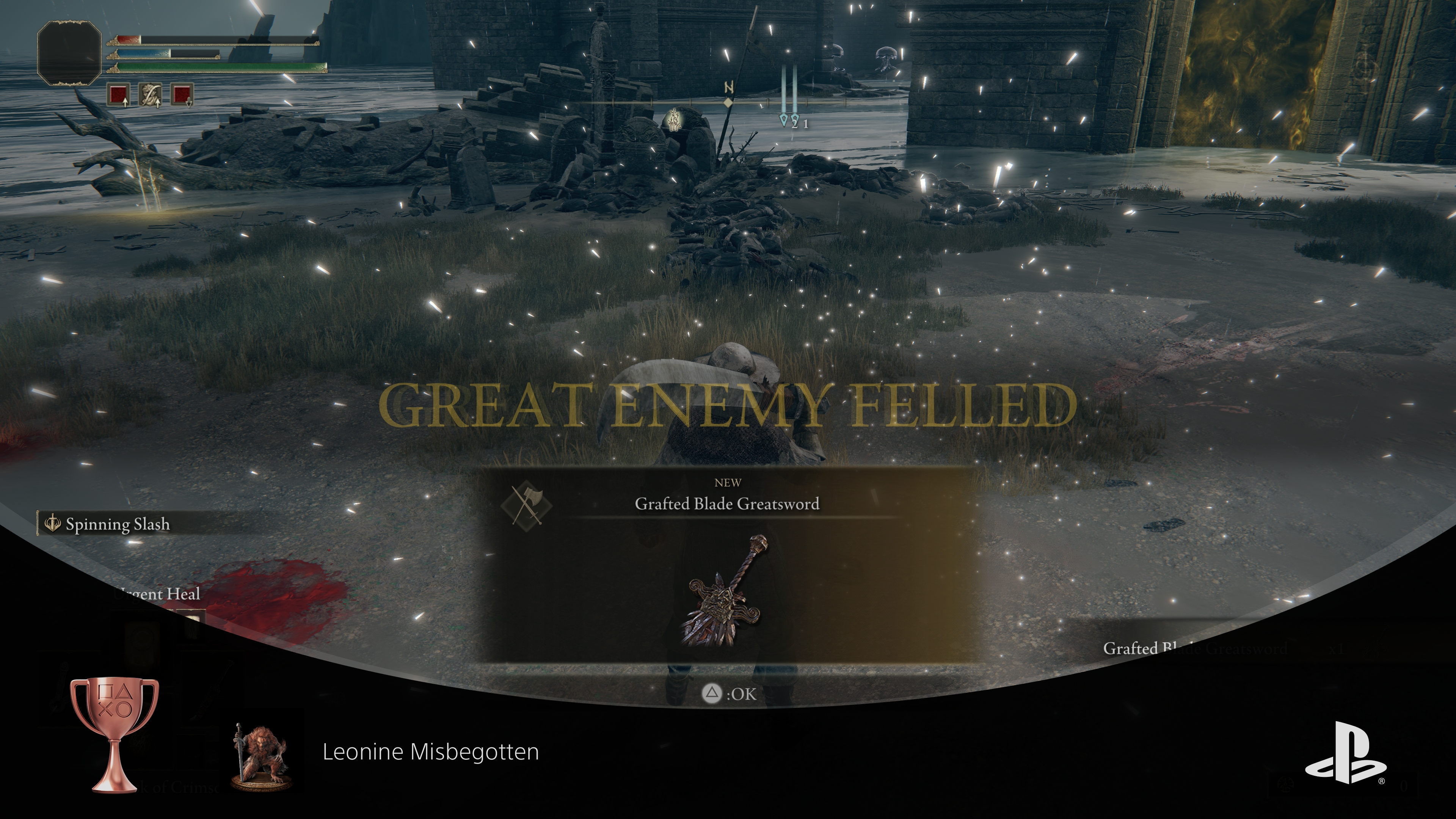
-
Elden Ring PS5 Review #46
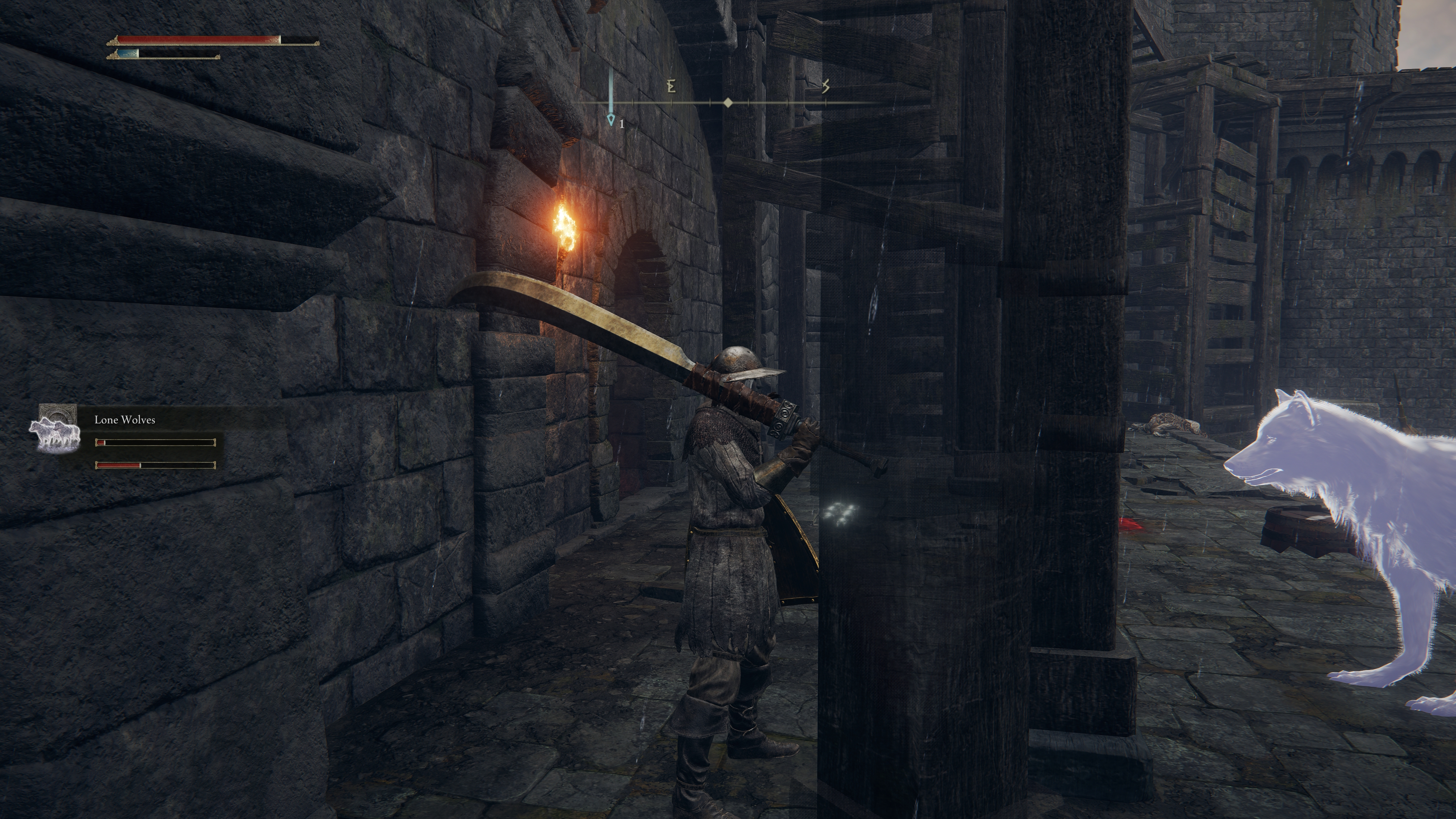
-
Elden Ring PS5 Review #47
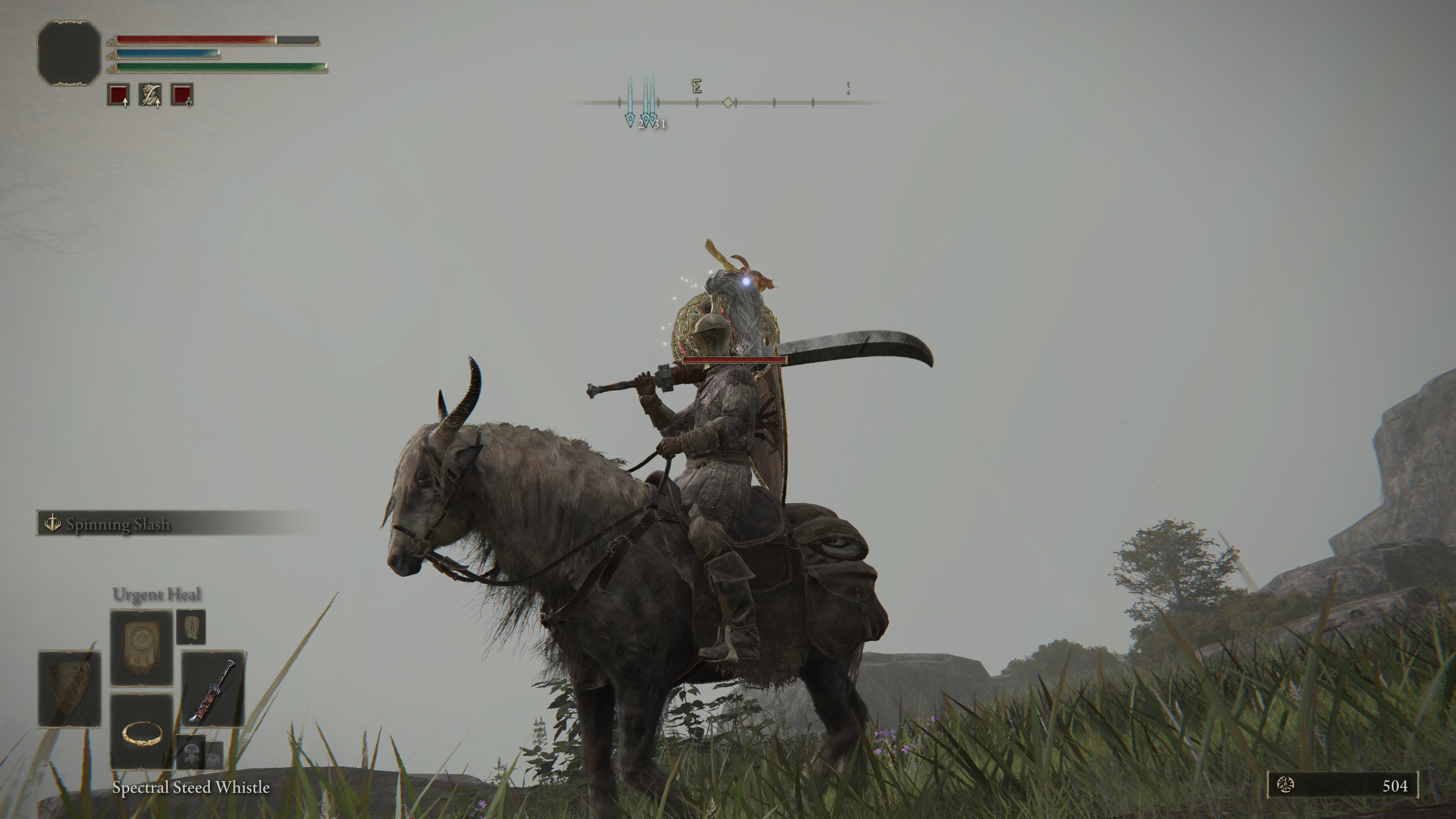
-
Elden Ring PS5 Review #48
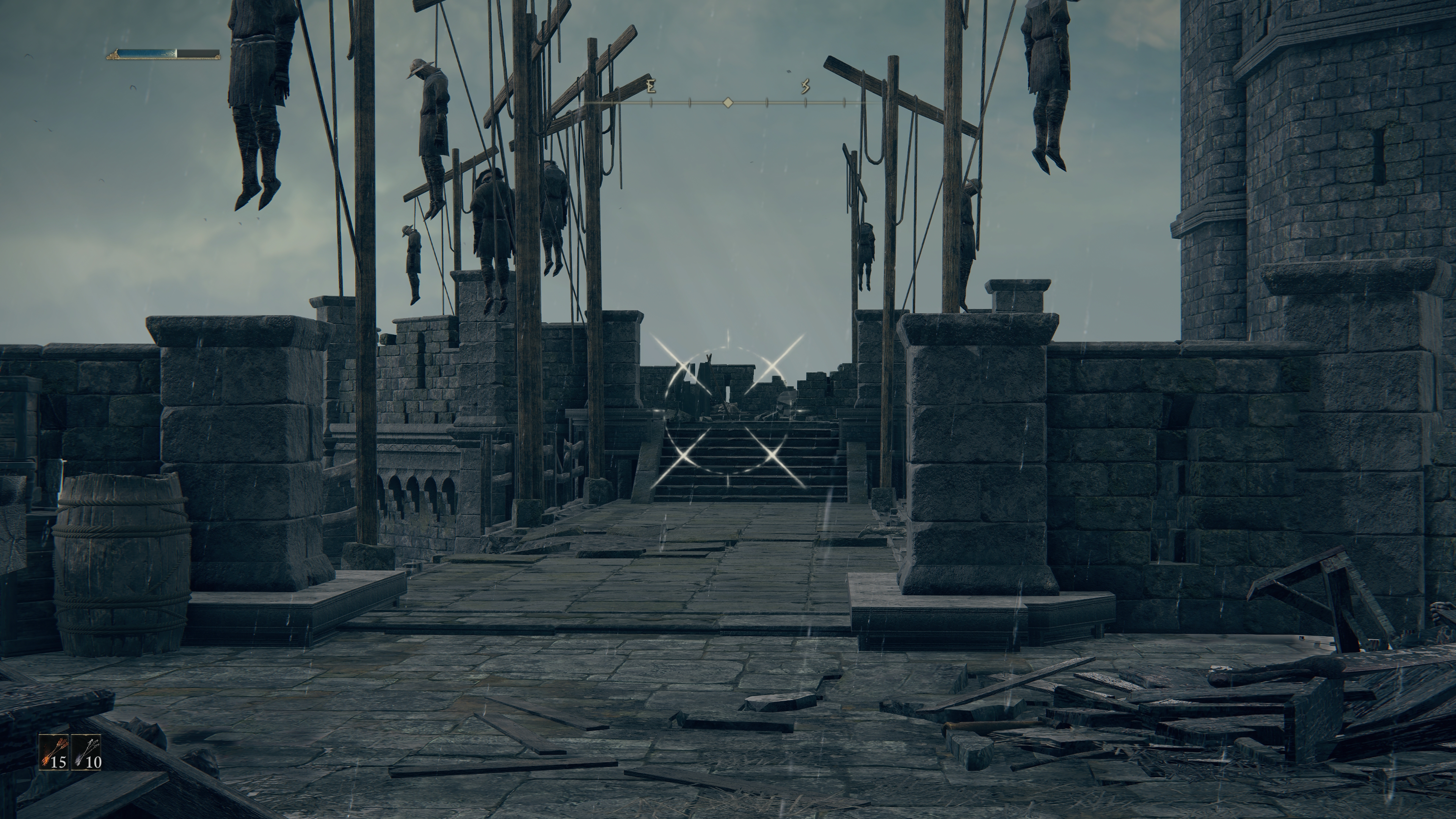
-
Elden Ring PS5 Review #49
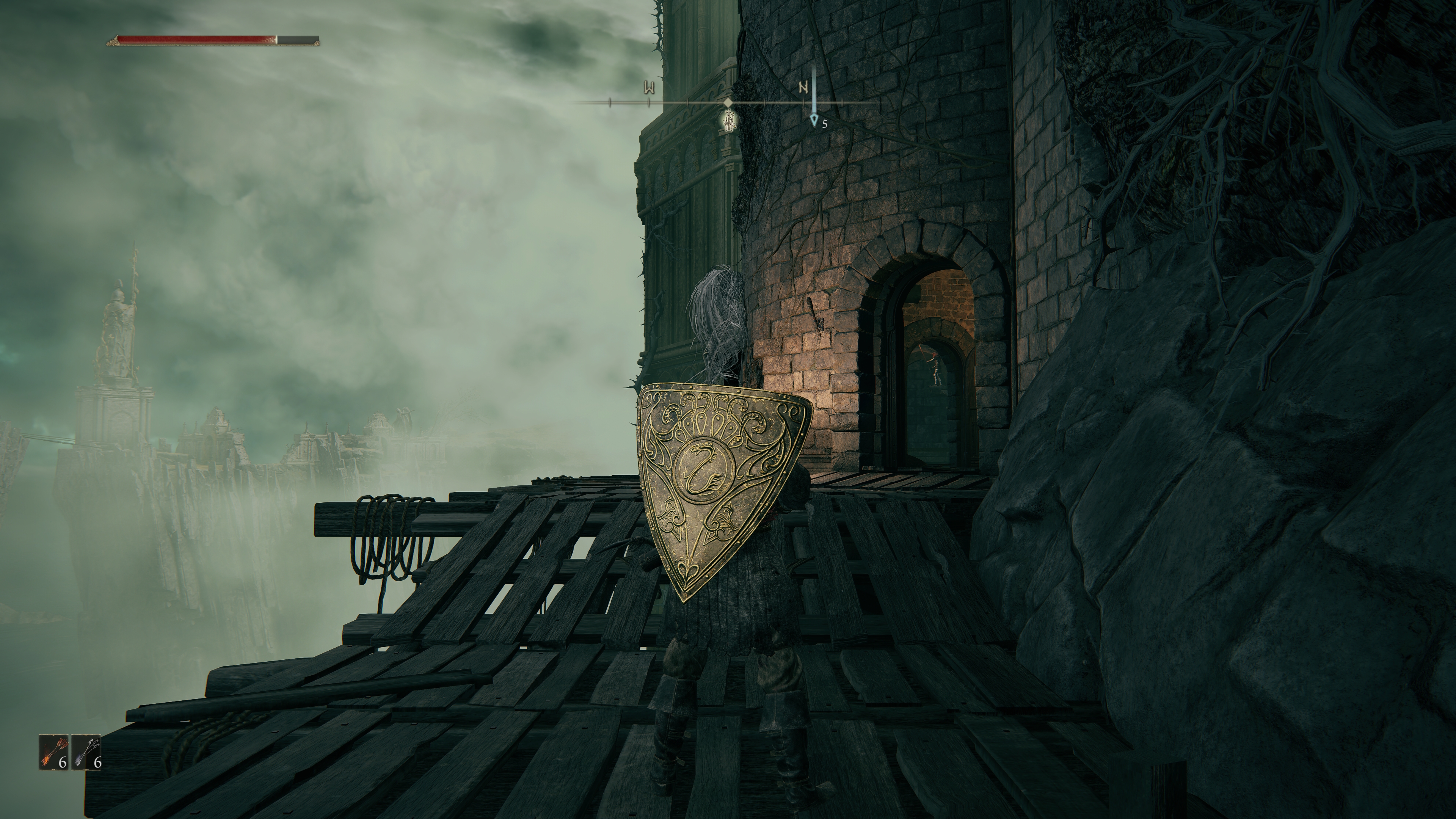
-
Elden Ring PS5 Review #50
